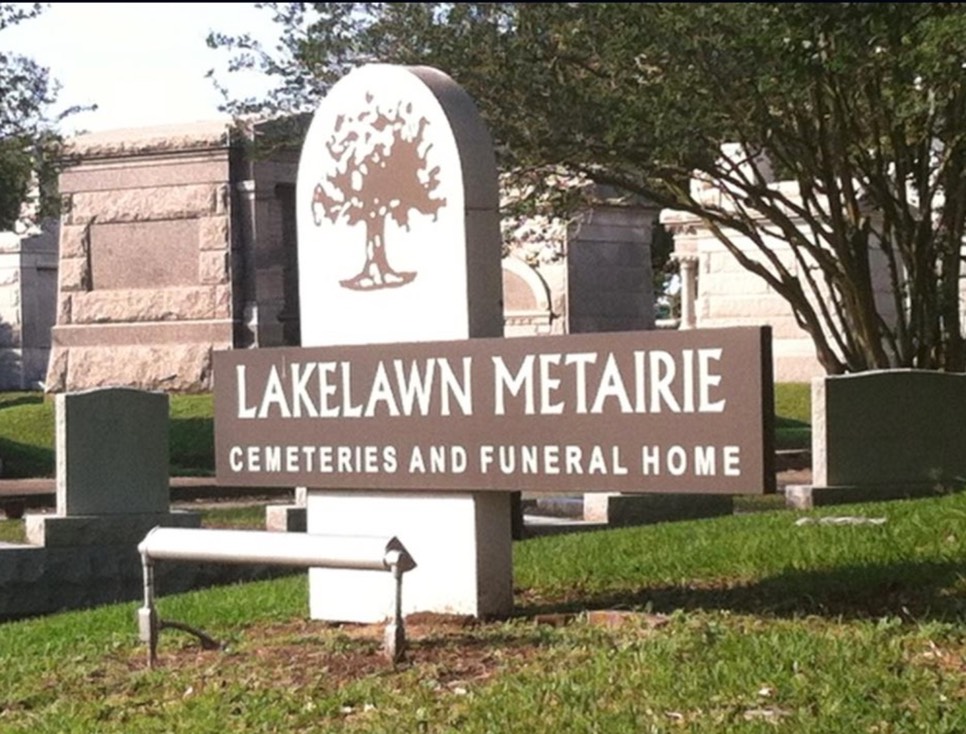
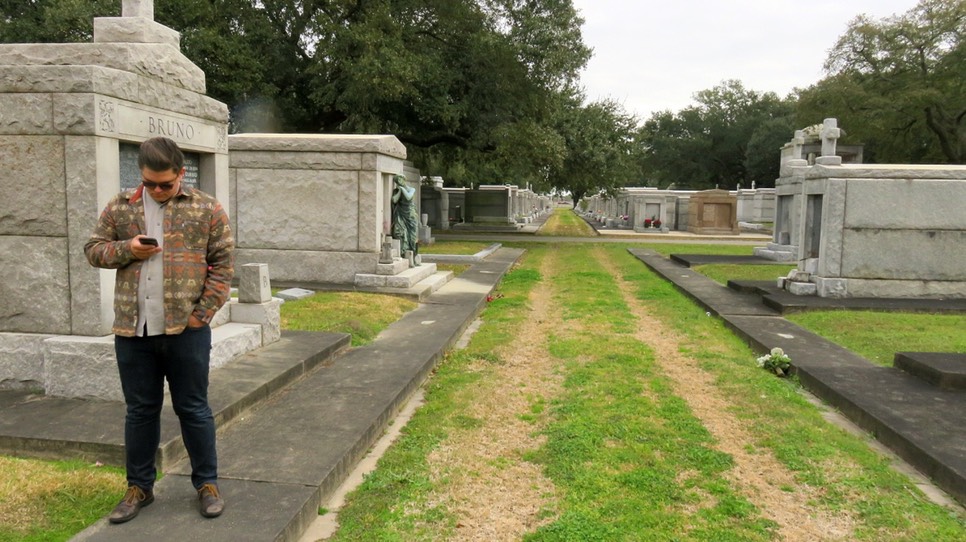
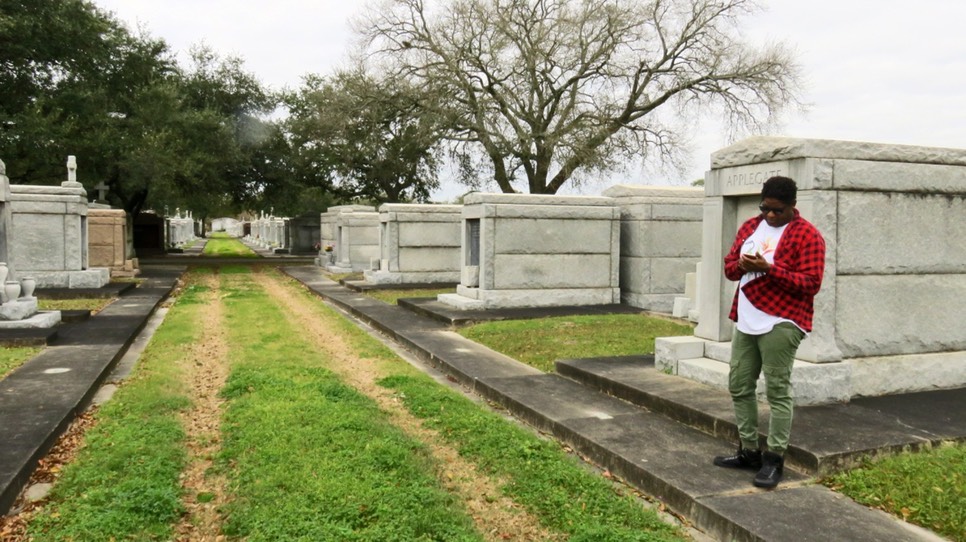
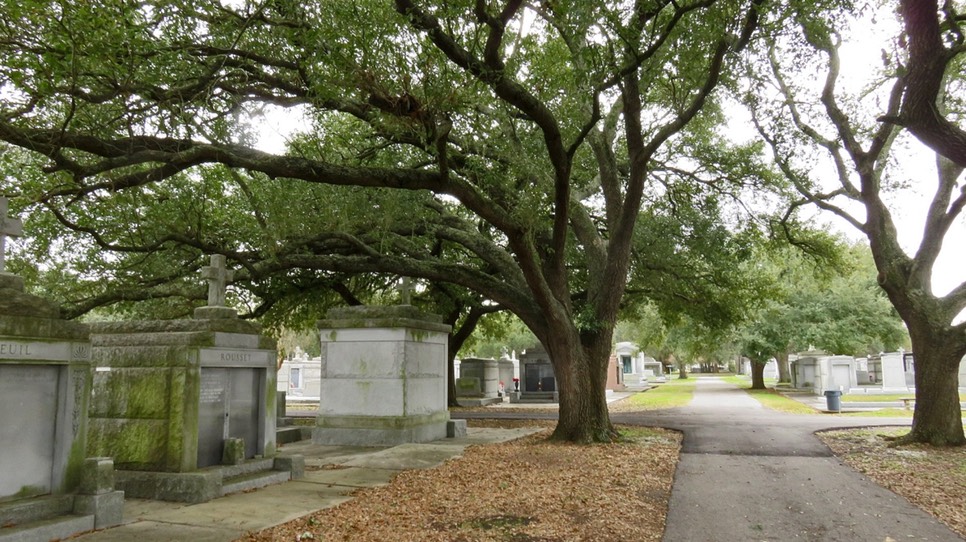
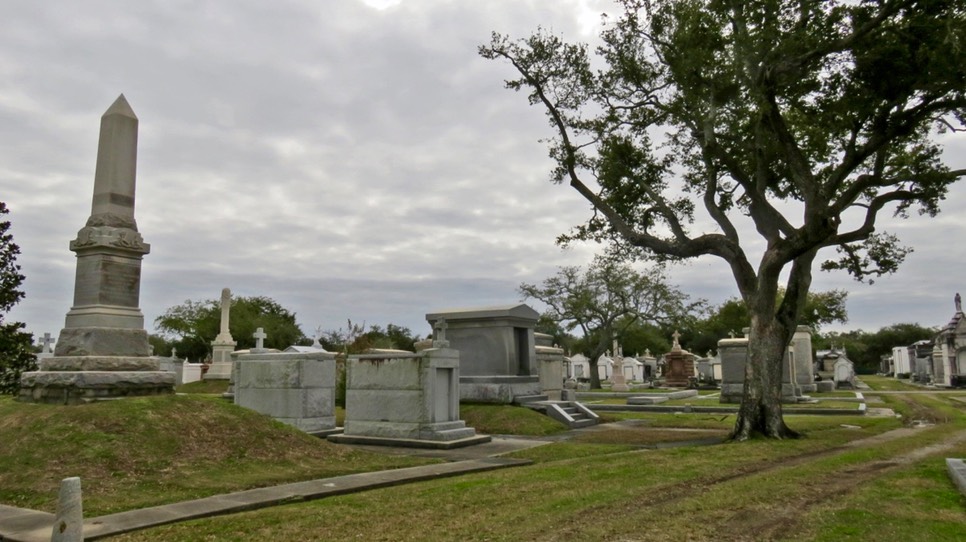


Washington Artillery Memorial
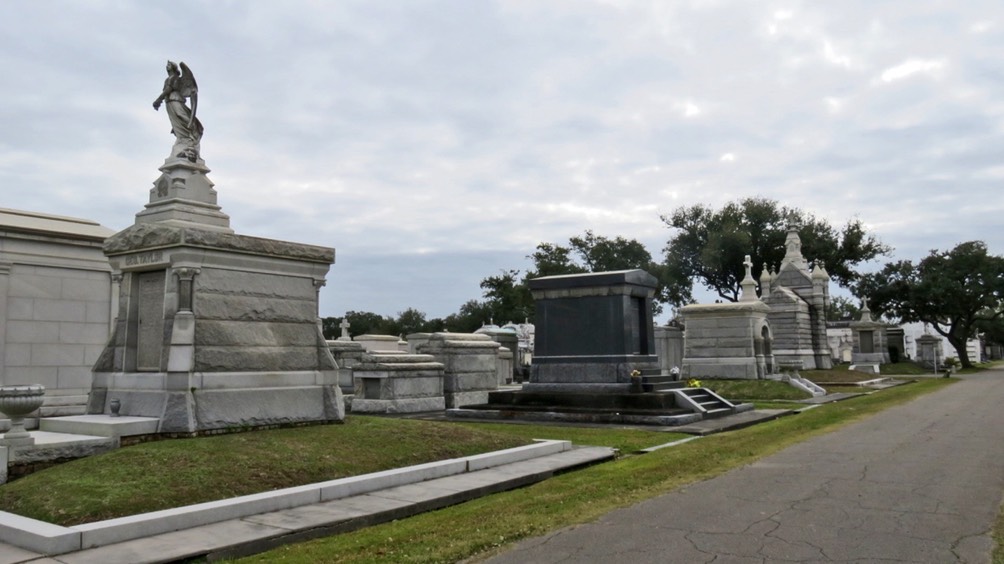
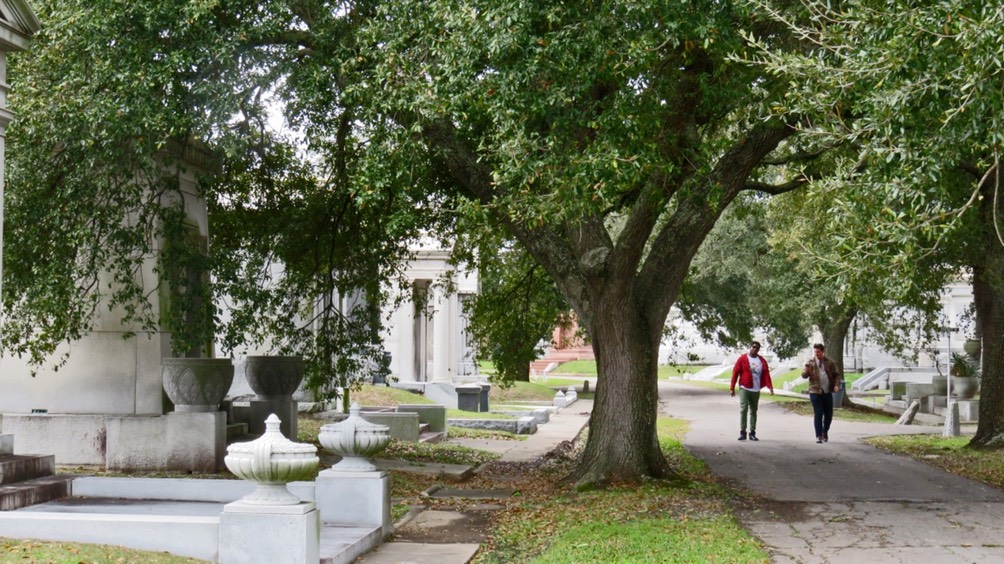
Ricky and Taran walk along the road under the oak trees

Mausoleums and graves must be raised due to the high ground water table
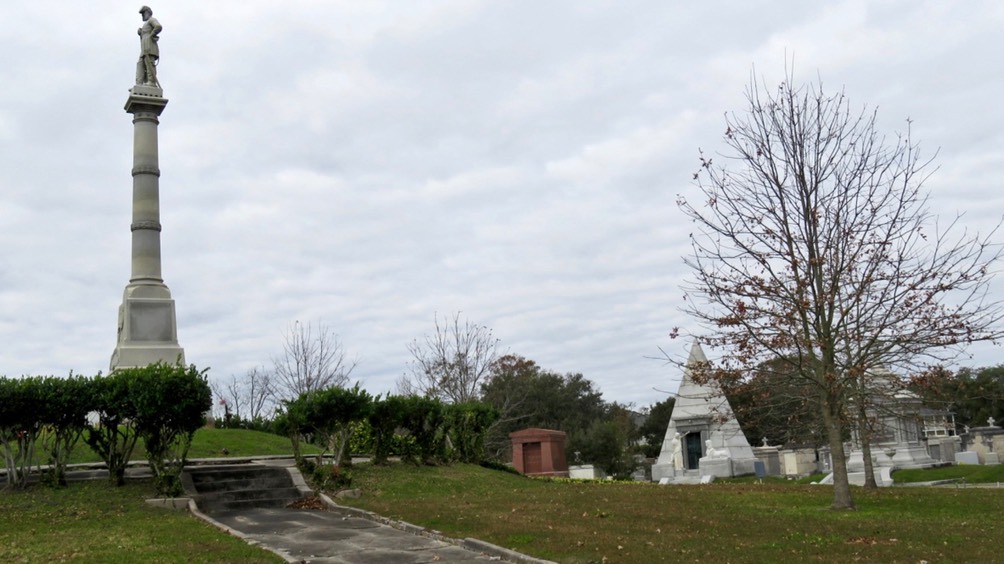
Tomb of the Army of Northern Virginia, Louisiana Division, memorial on the left
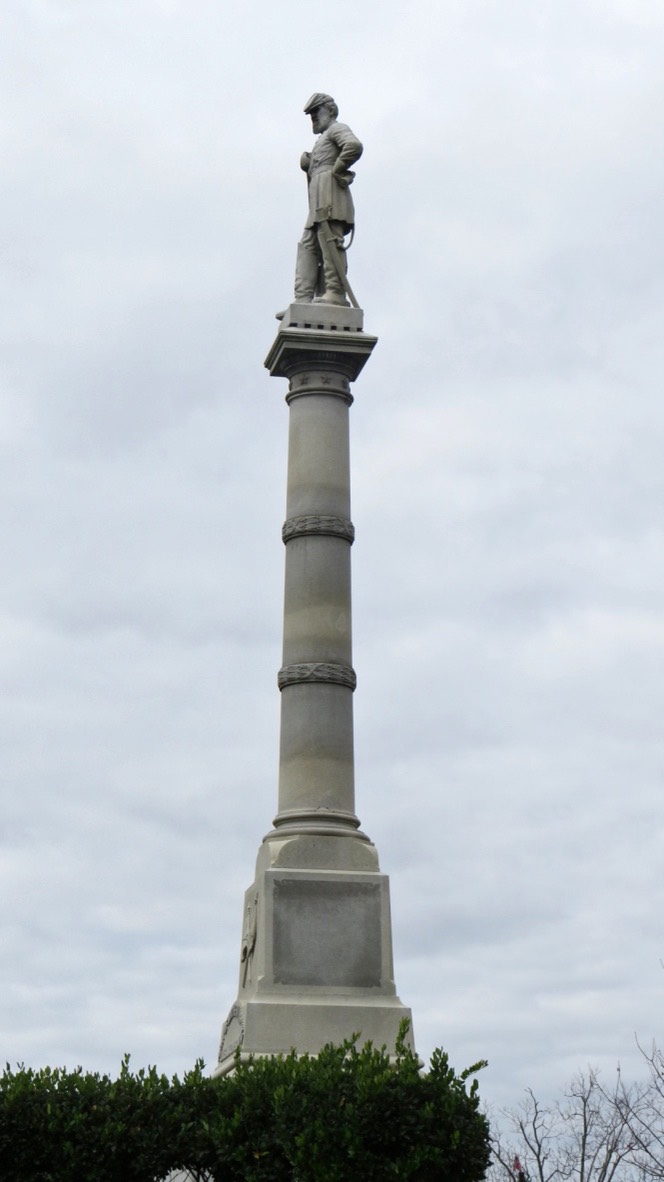
General Thomas “Stonewall" Jackson
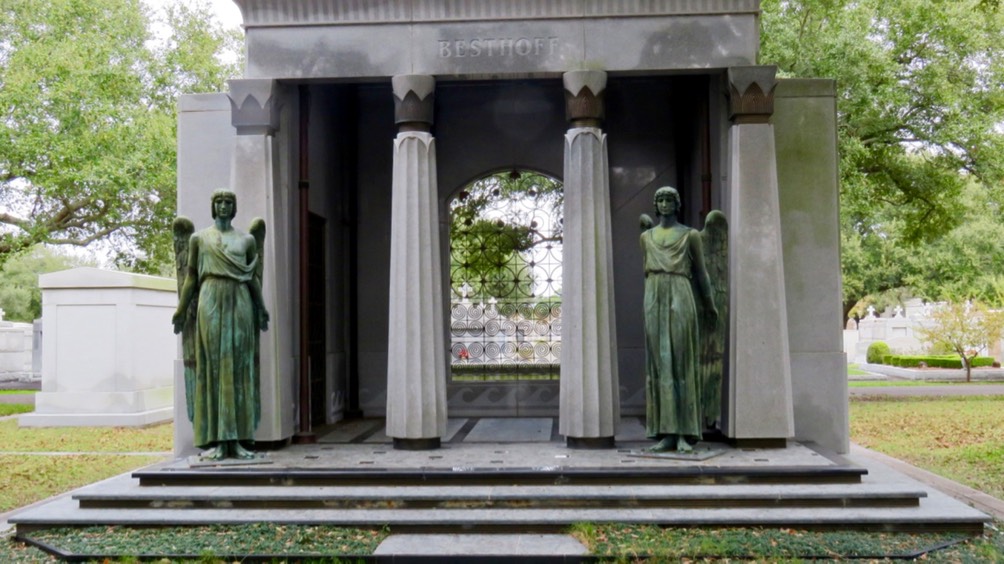


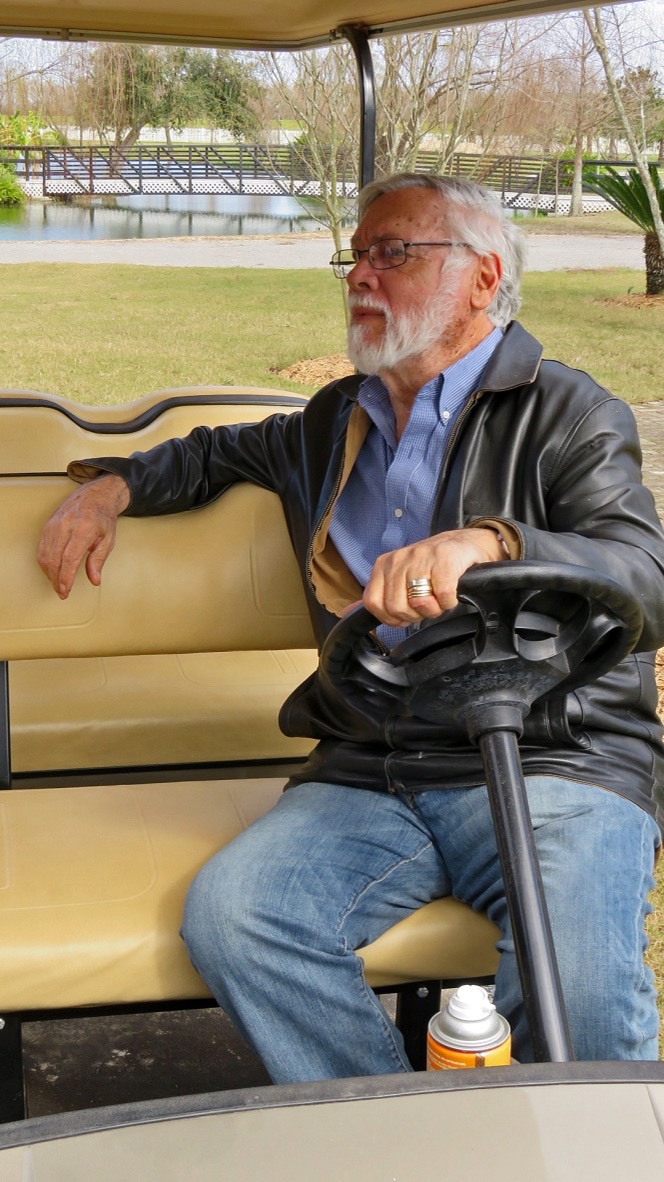
John Cummings
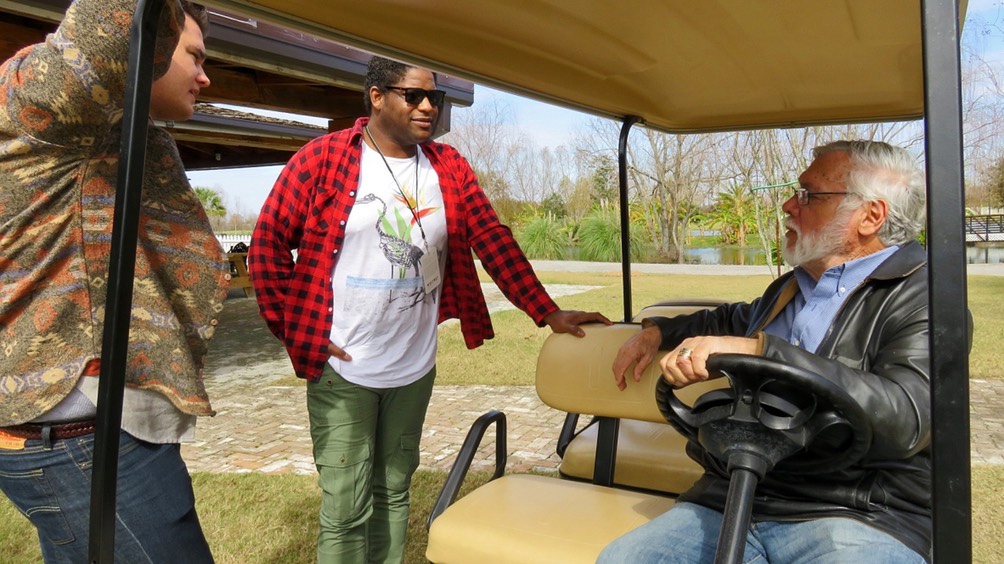
Taran and Ricky chat with Mr. Cummings

Mr. Cummings takes us for a ride in his golf cart

Taran takes a photo of Mr. Cummings, our guide Cheryl, and two other guests

Inside the Welcome Center is an exhibition detailing the history of slavery and the slave trade. Goree Isand, Dakar, Senegal, was just one of the slave exporting trading posts on the coast of West Africa

Map showing the slave trade routes
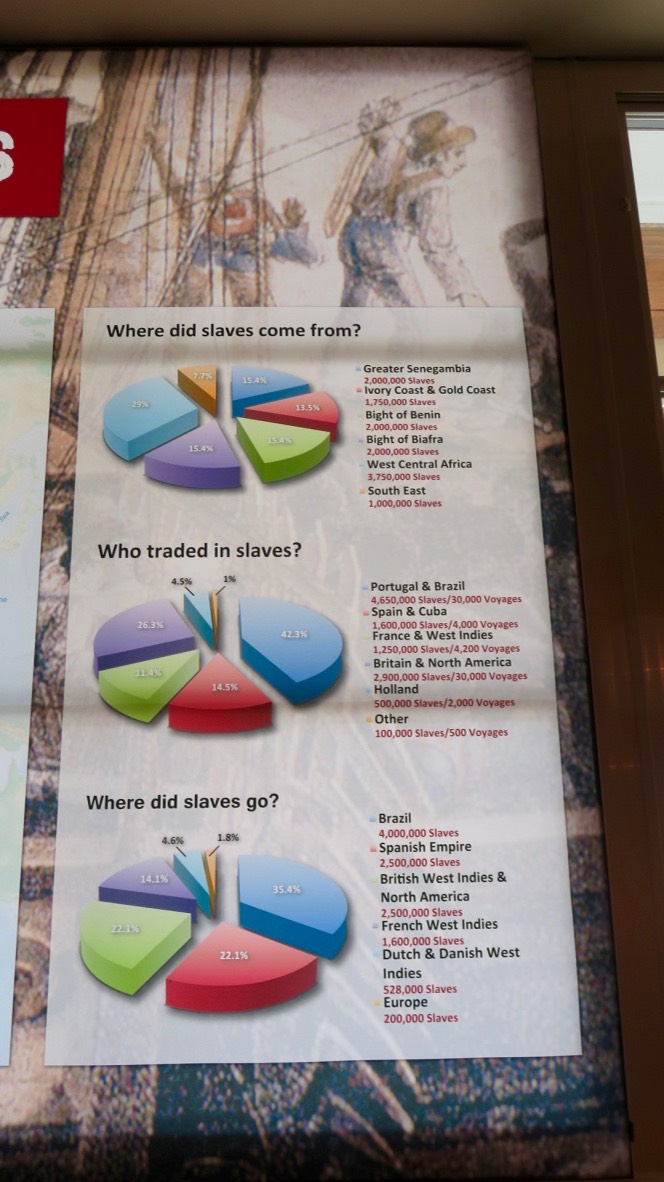
Informative Chart about the slave trade
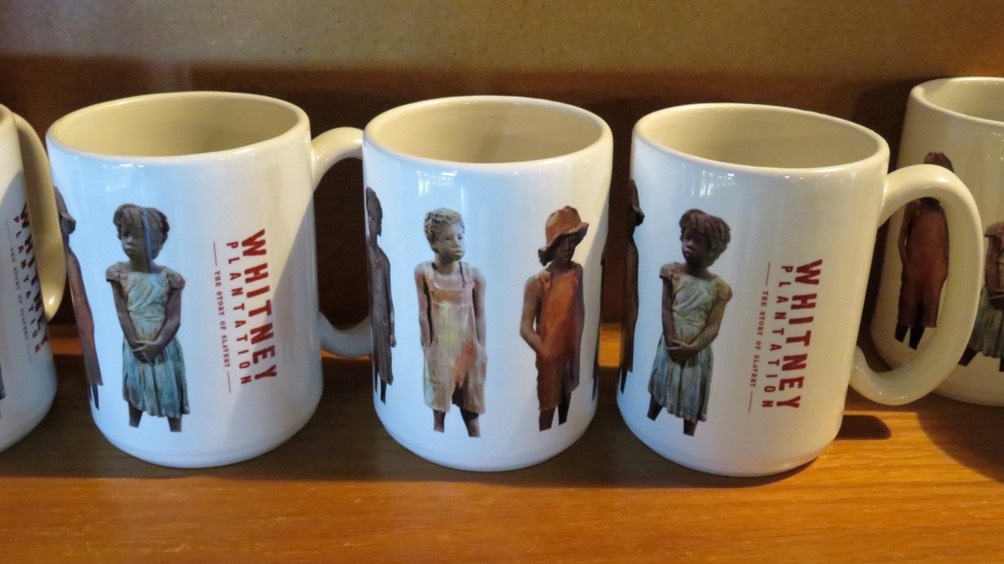
In the gift shop, I was intrigued by these souvenir cups but didn’t know their meaning. That I would find out upon entering the Antioch Baptist Church
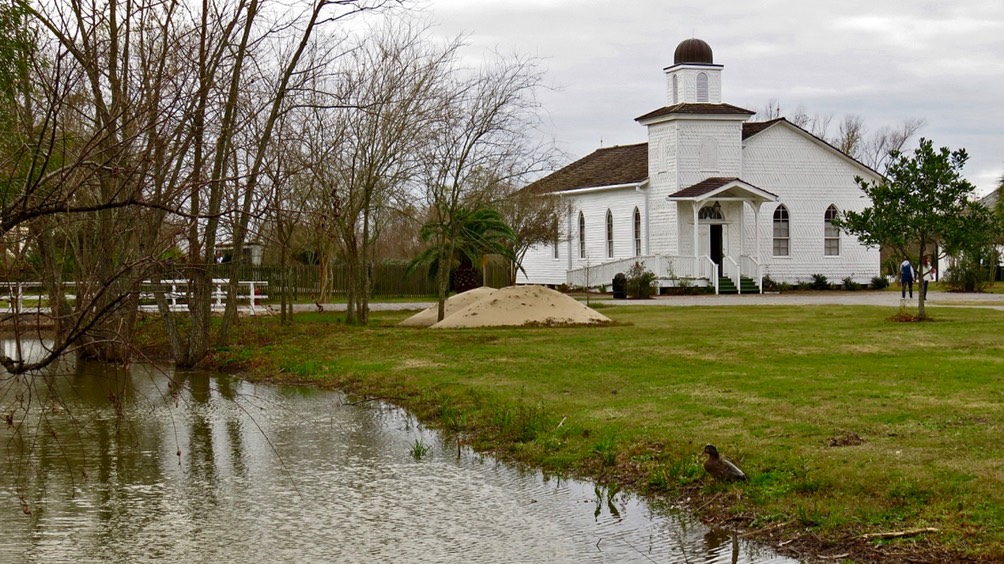
The Antioch Baptist Church was originally located in Paulina, LA, and was donated to Whitney Plantation in 1999 when the congregation built a new church
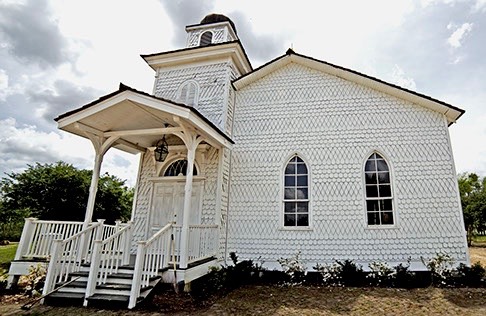
The Antioch Baptist Church was conceived in the hearts of the former slaves in 1868. This building became known as the Anti-Yoke Baptist Church. The church was renamed Antioch Baptist Church in 1890 and was the only Black church for miles on the east bank of the Mississippi River.
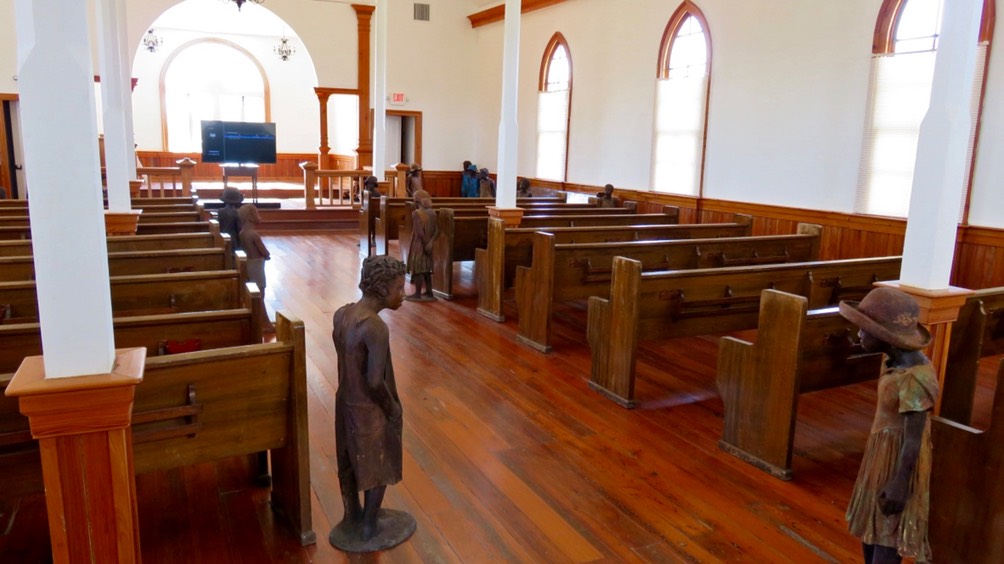
A rather plain church with hardwood pews and floors but immediately you notice the many statues of slave children

The Children of Whitney, a series of sculptures by Ohio-based artist Woodrow Nash, represent these former slaves as they were at the time of emancipation: children. Whitney presents the stories of these children as told in their own words. The visitors are introduced to the lives of the enslaved workers based on the recollections of those who endured, and who shared the stories of their lives as children in slavery.

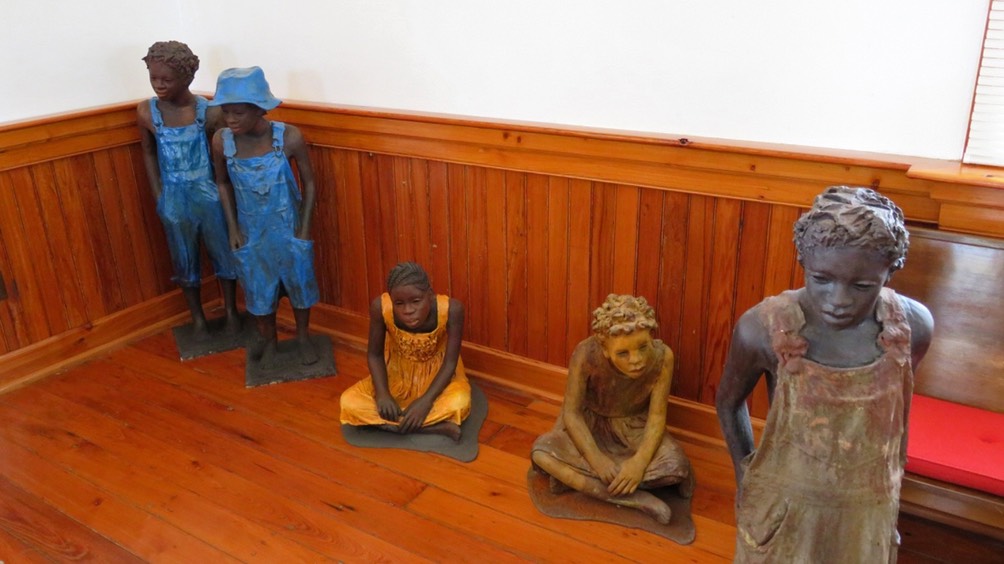
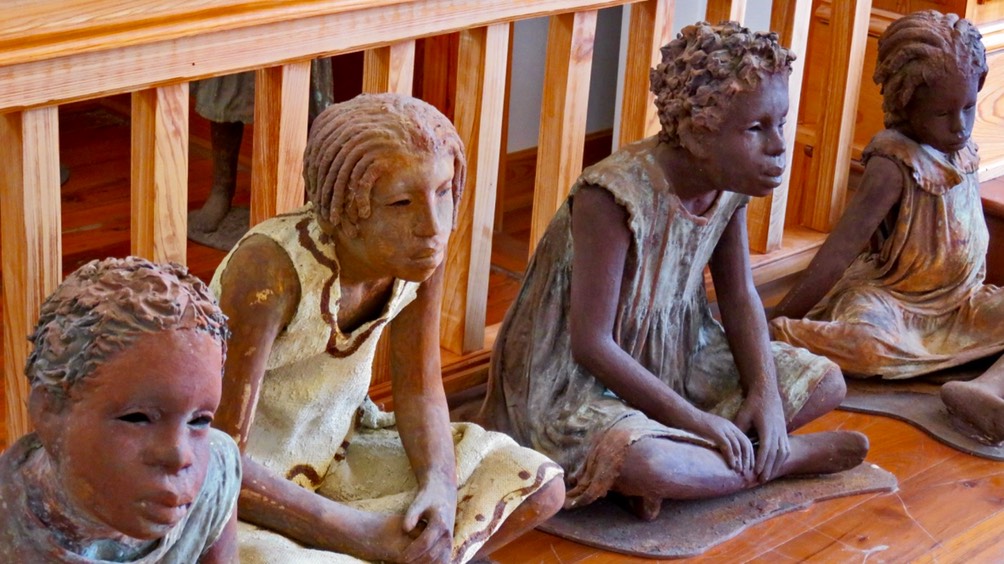
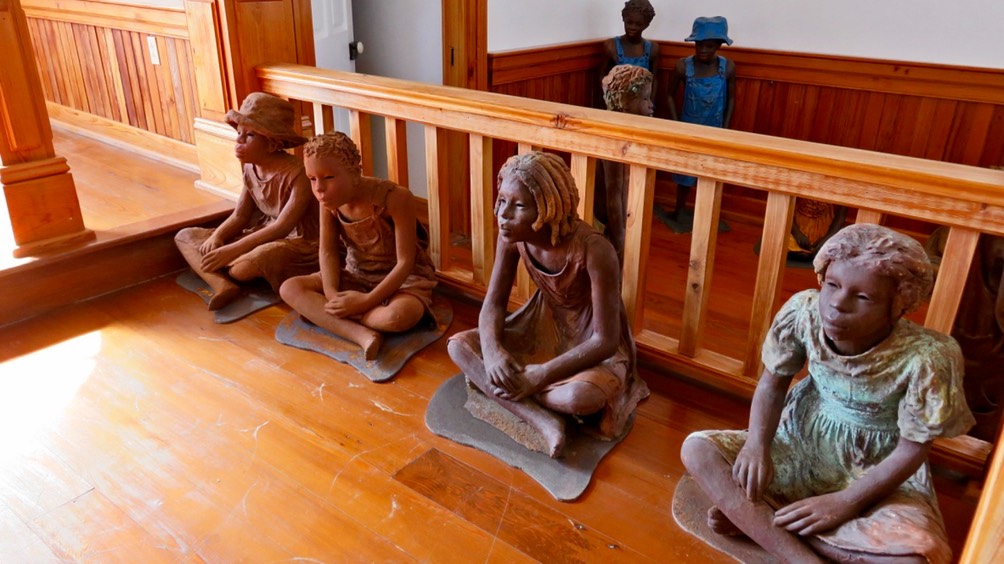

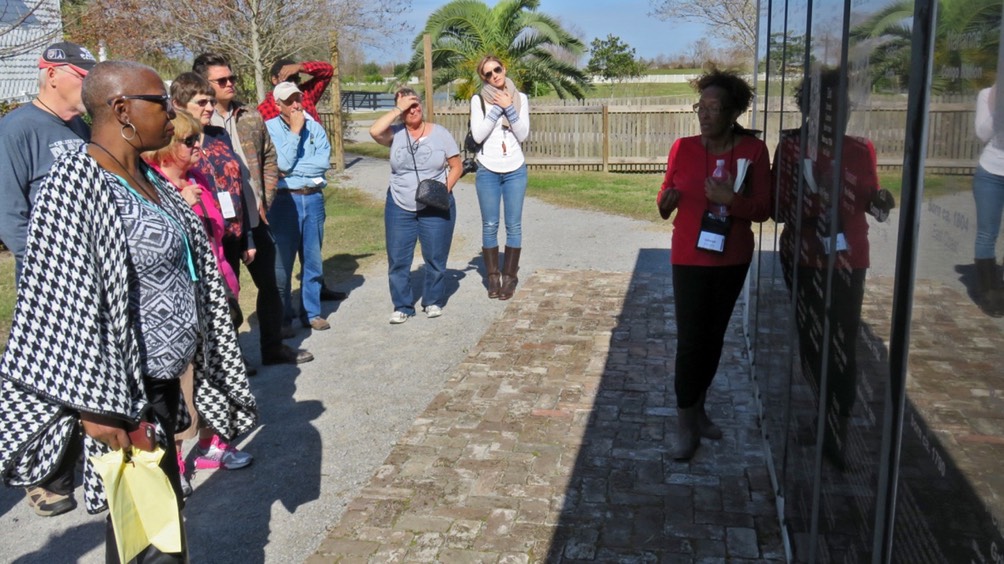
The Wall of Honor is dedicated to the more than 350 slaves who lived and worked on Whitney Planation. Their names and some information about their lives if available are recorded on the shiny granite walls

Cheryl tells where records of their lives have been found and how they lived
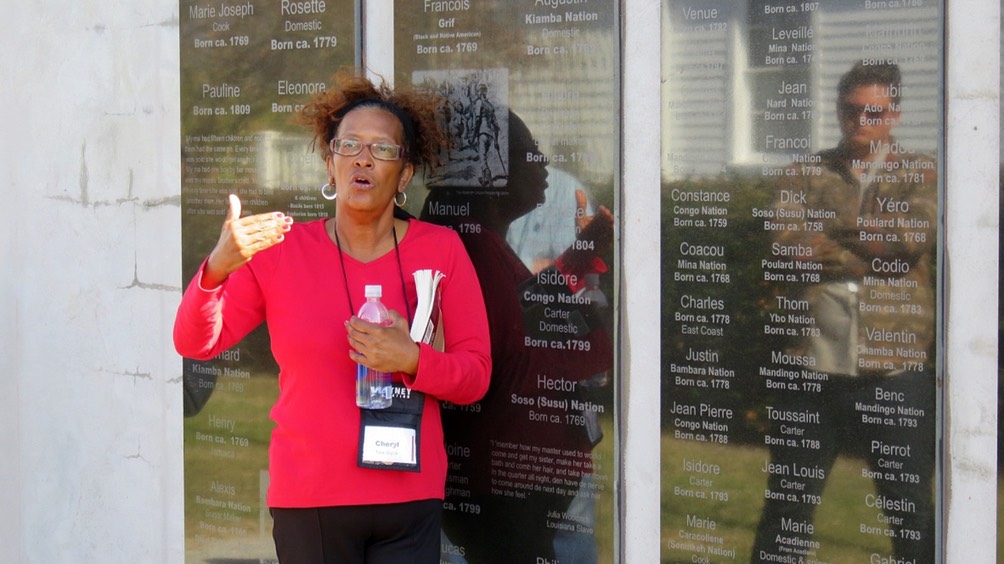
Taran listens attentively to Cheryl’s explanation of why so many names are French

Ricky reflects
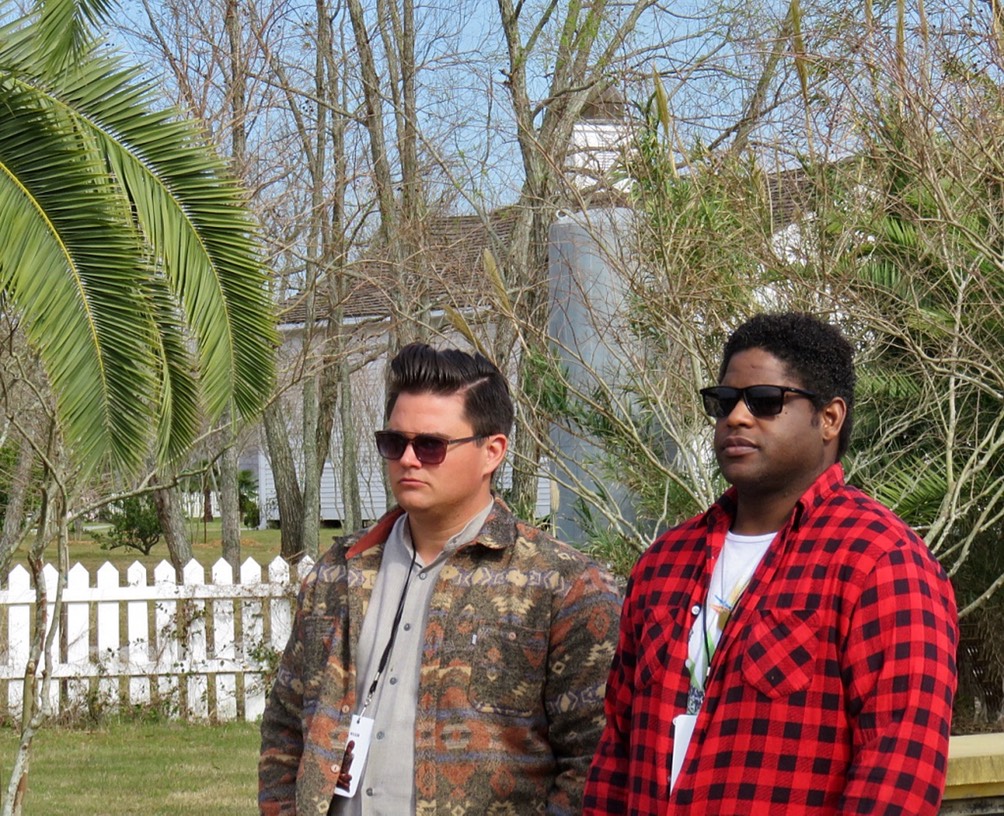
Taran and Ricky by the Wall of Honor with the Antioch Baptist Church behind them

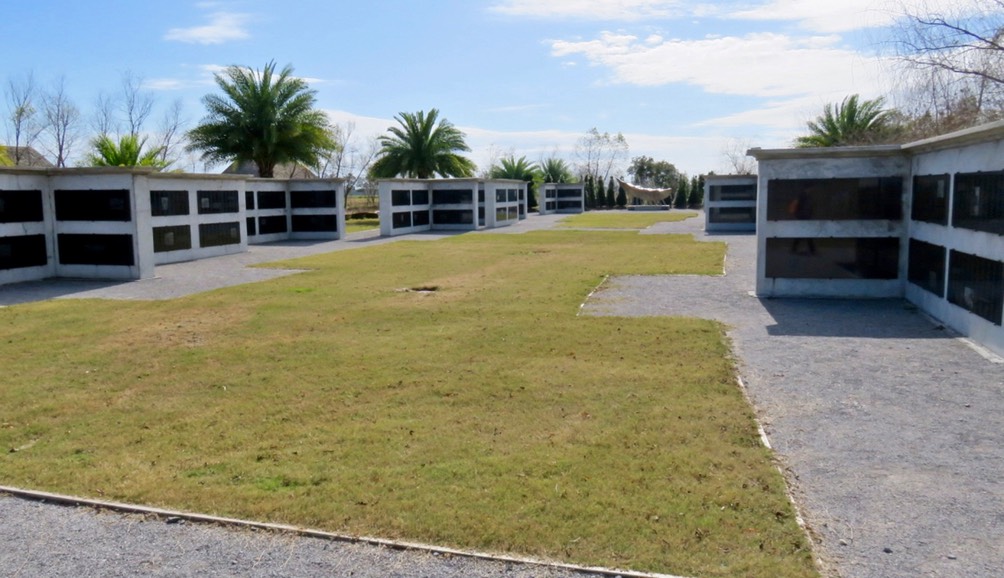
Allées Gwendolyn Midlo Hall. This is the name of the slave memorial dedicated to the 107,000 people enslaved in Louisiana and documented in the “Louisiana Slave Database” built by Gwendolyn Midlo Hall

The names of every known Louisiana slave are recorded on these walls and perhaps something about their lives or a photo if it is available

This memorial is dedicated to the 2,200 Louisiana slave children who died before their third birthday
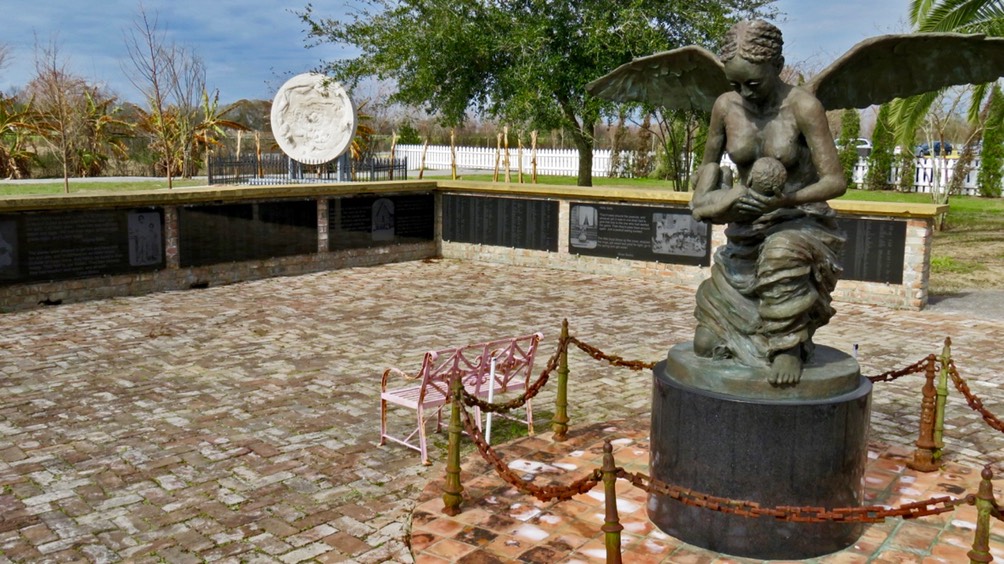
Rod Moorhead made this bronze sculpture of a black angel carrying a baby to heaven
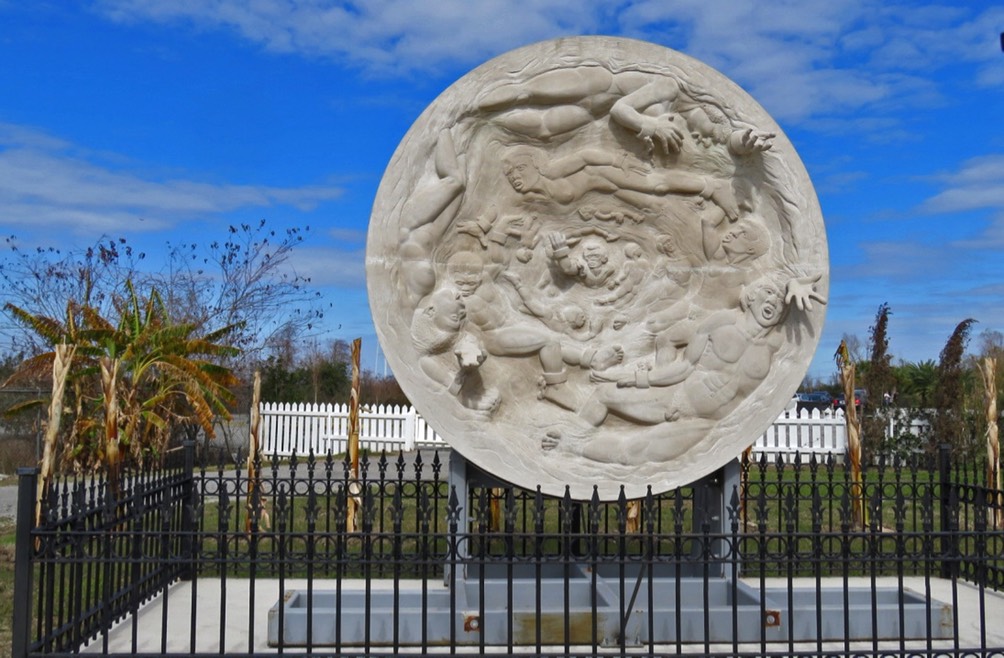
This sculpture showing Africans being swallowed up by the ocean on the Atlantic crossing has not yet been officially exhibited
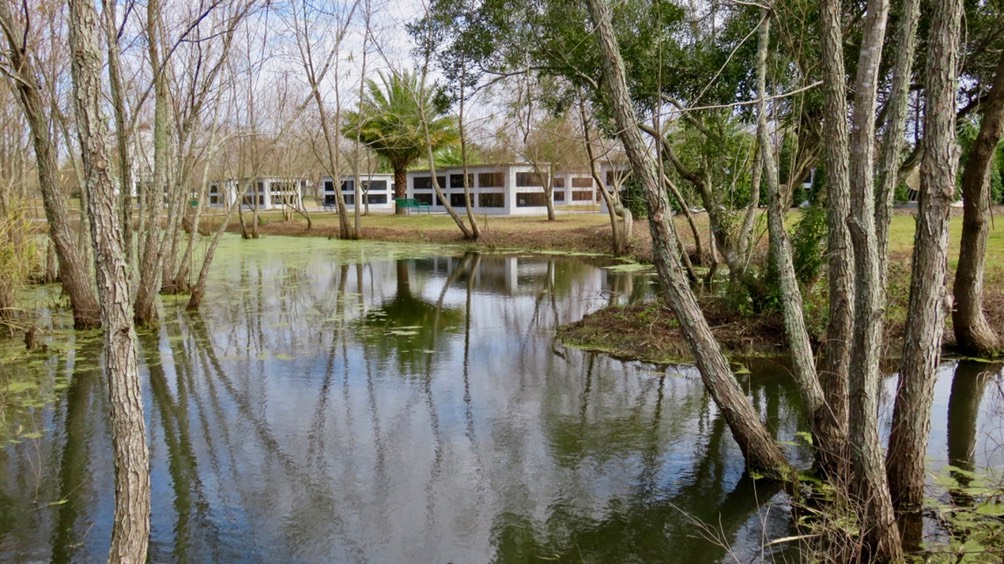
Another look at the Allées Gwendolyn Midlo Hall Memorial across the water
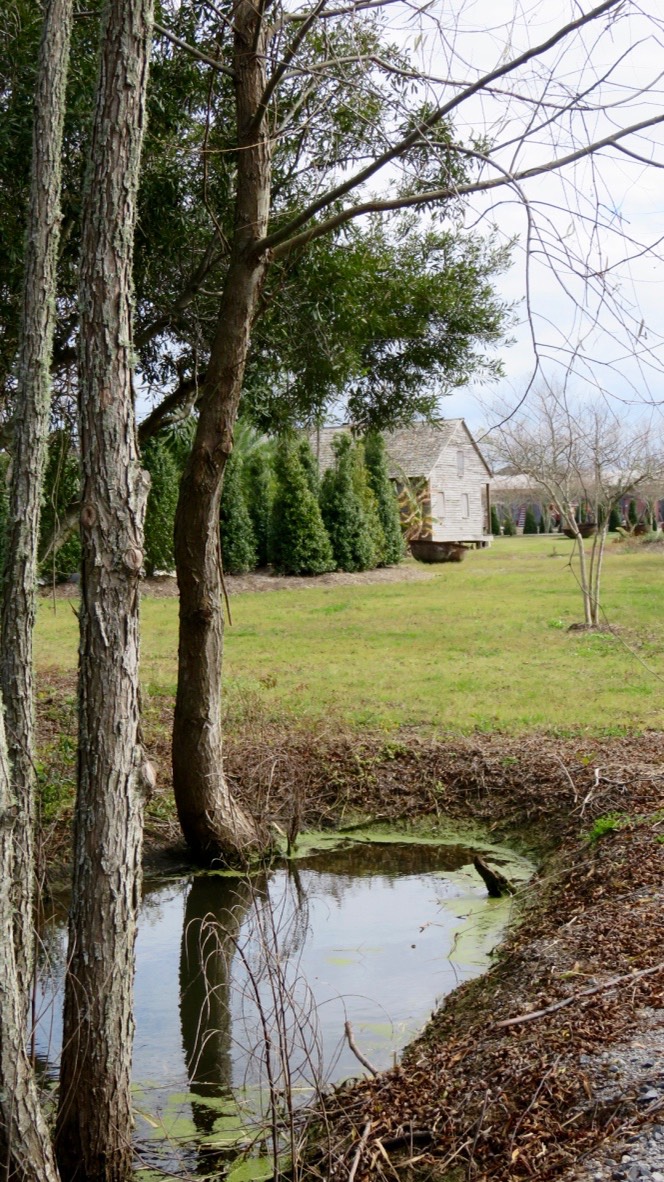
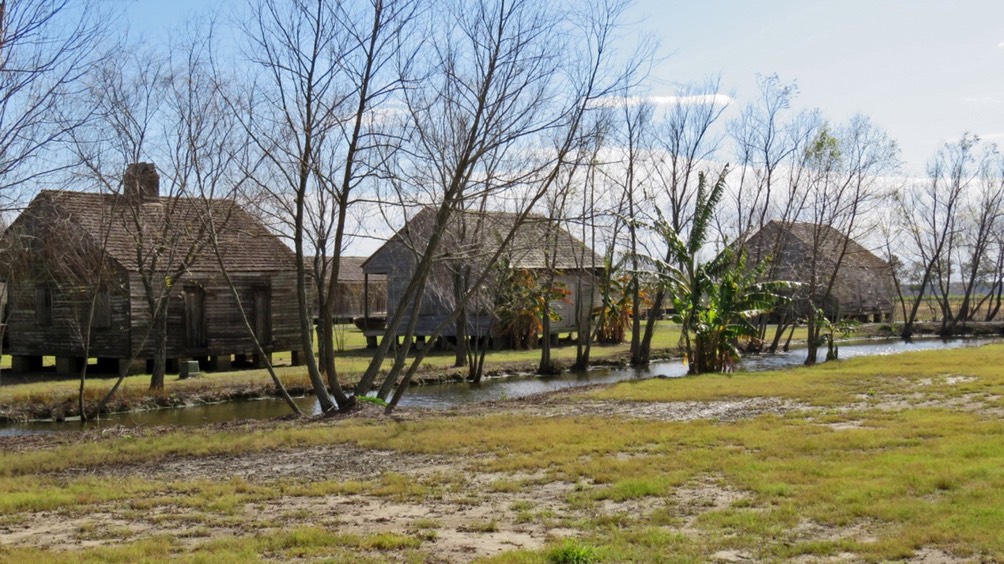
Slave homes. Most of these have been moved to this site from other plantations
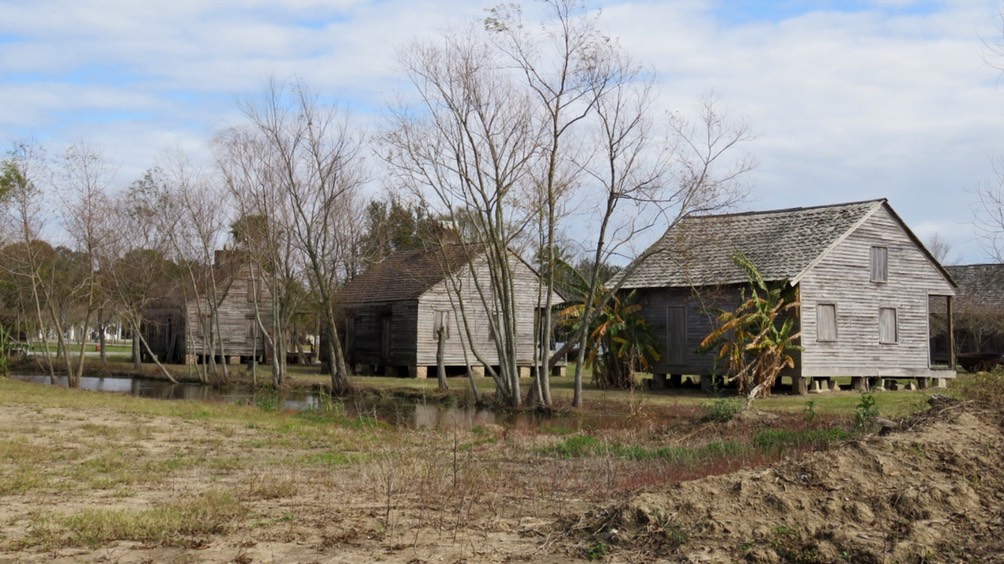

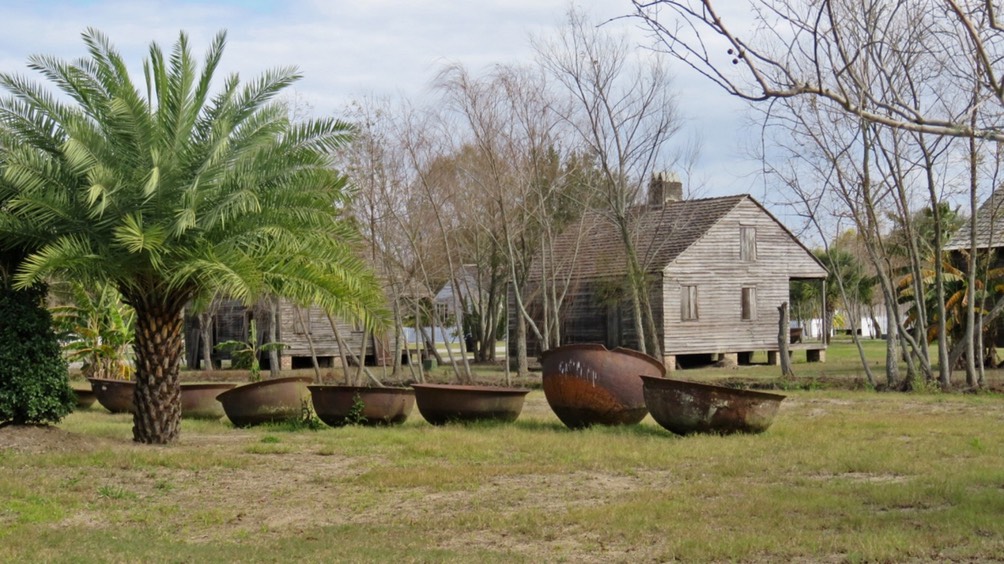
The iron bowls are molasses vats


The backside of the blacksmith shop
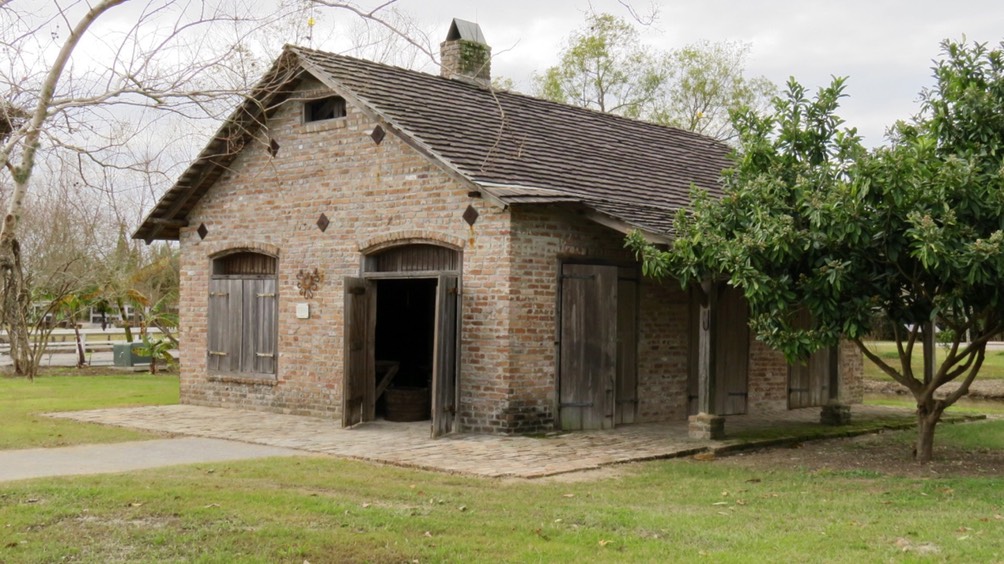
The blacksmith shop
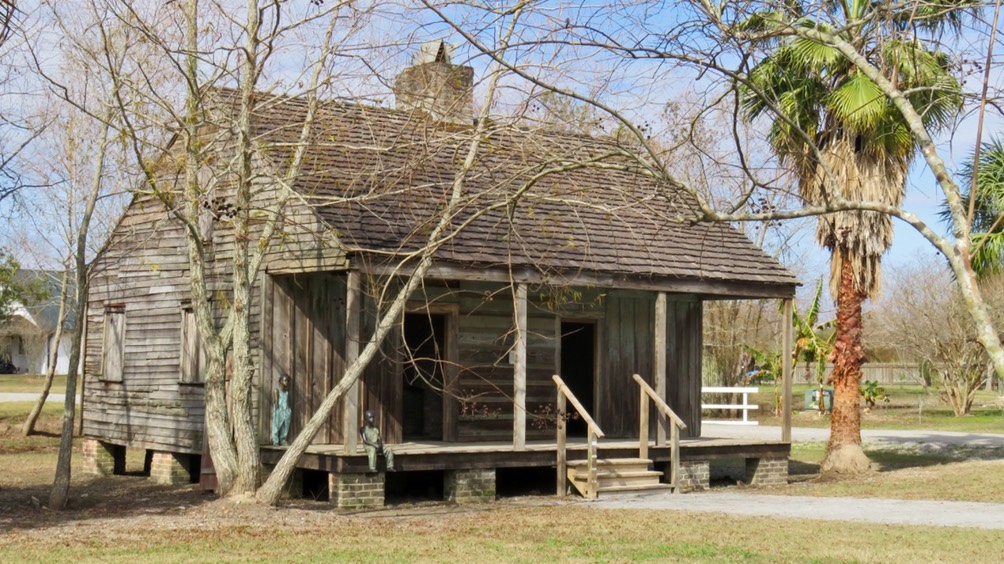
One of the two original slave cabins
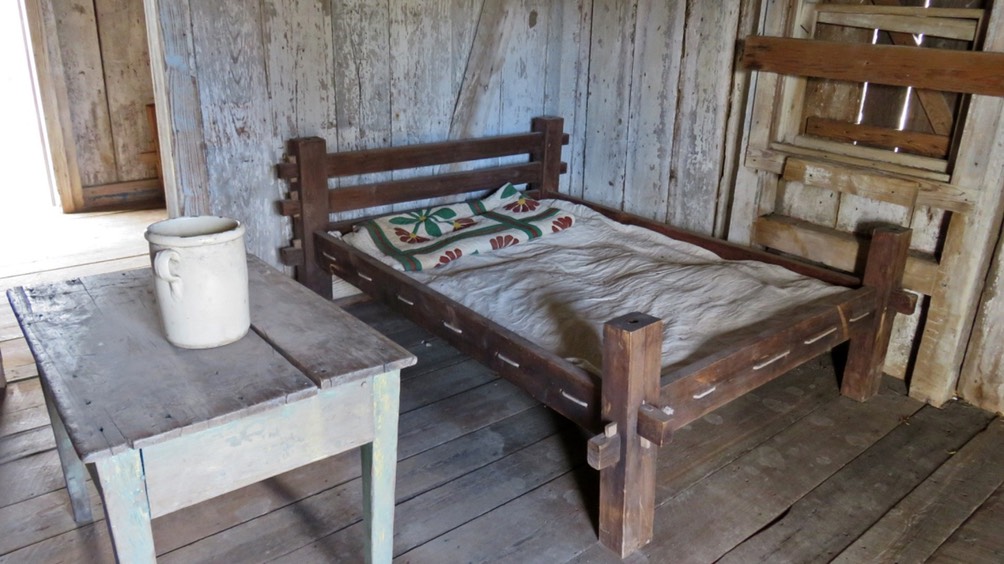
The house had two bedrooms
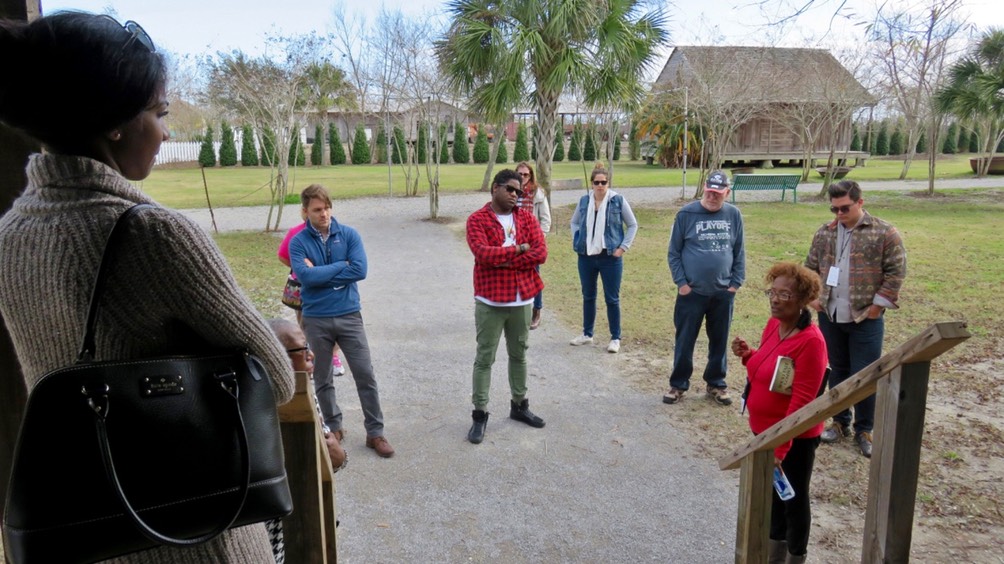
Cheryl describes the daily life of slaves that lived in this house
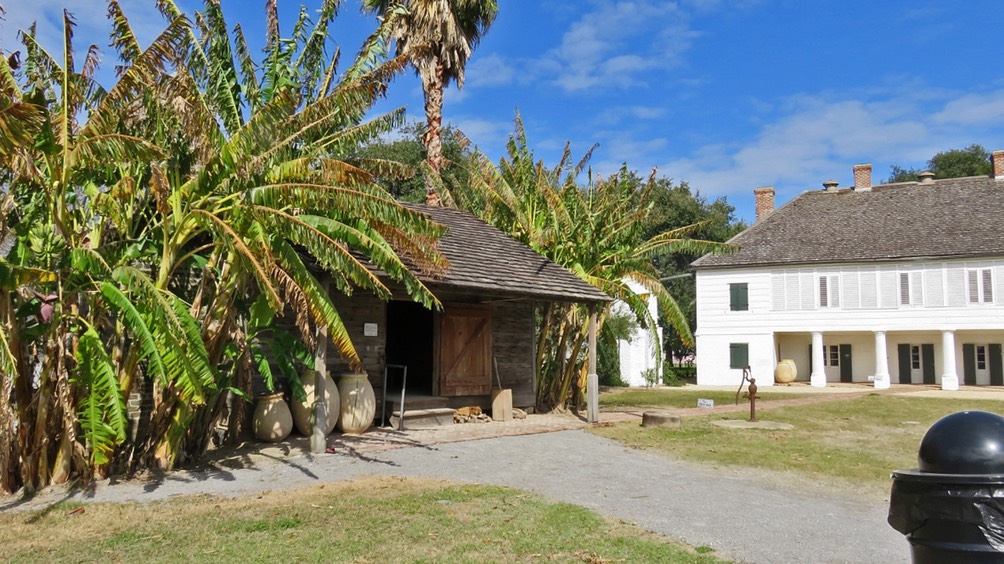
The kitchen was close to the big house
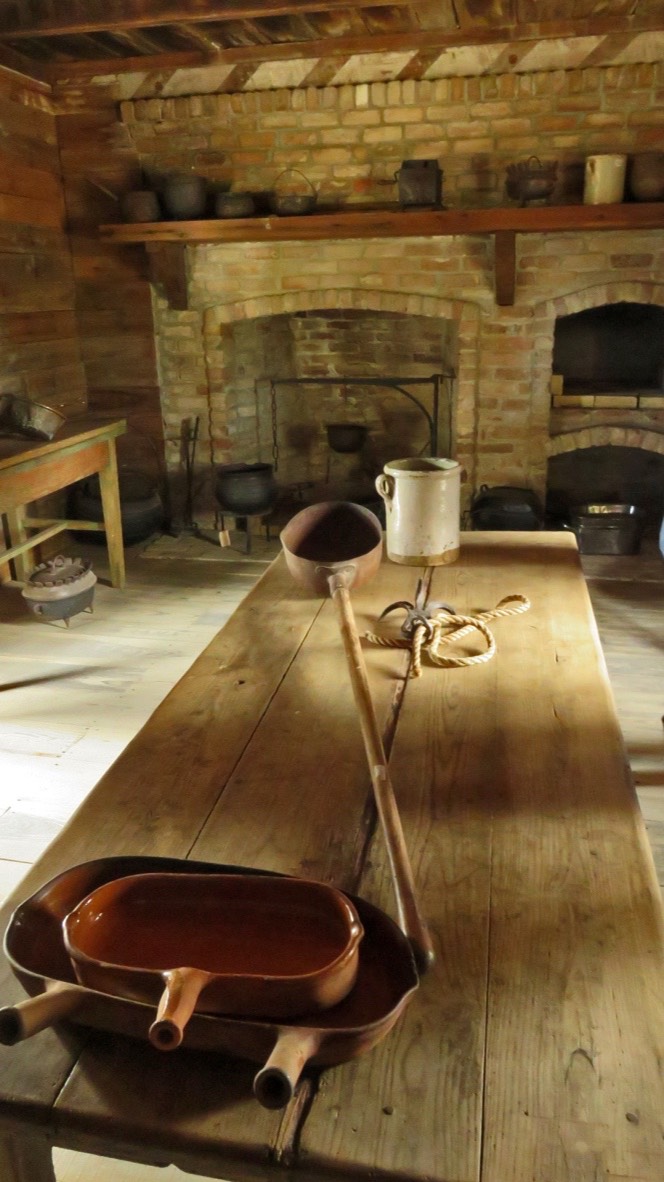
Inside the kitchen
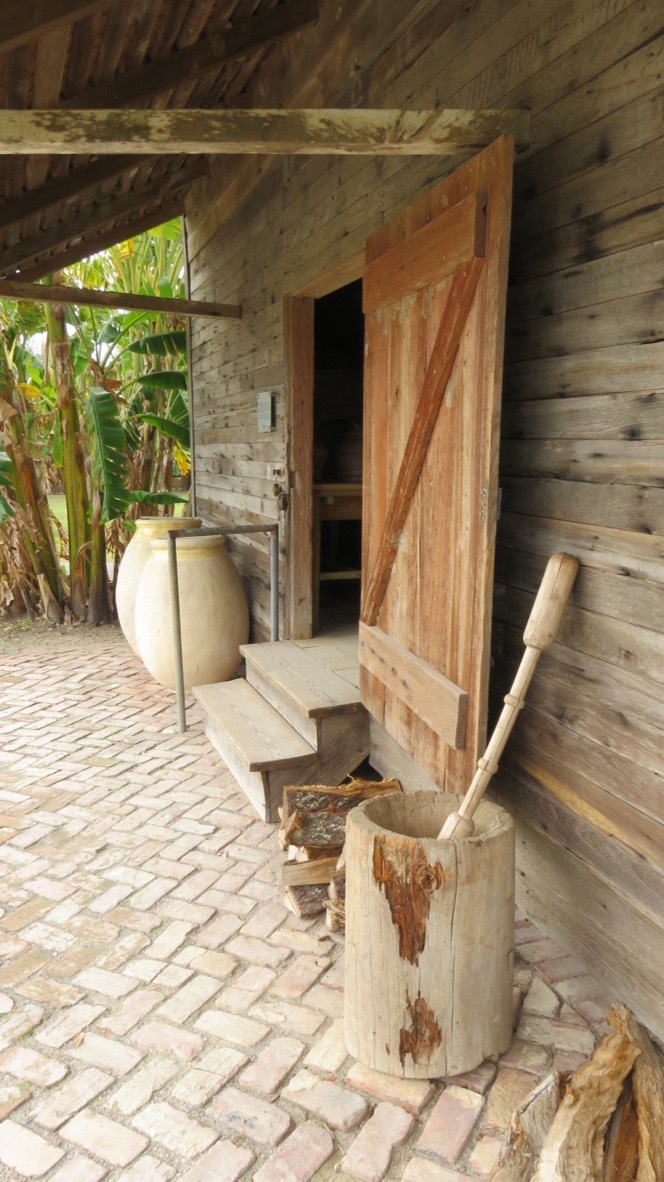
The doorway to the kitchen

The cistern water pump that furnished water for the kitchen

This steel jail served as a holding pen at slave auctions. It was not part of the Plantation
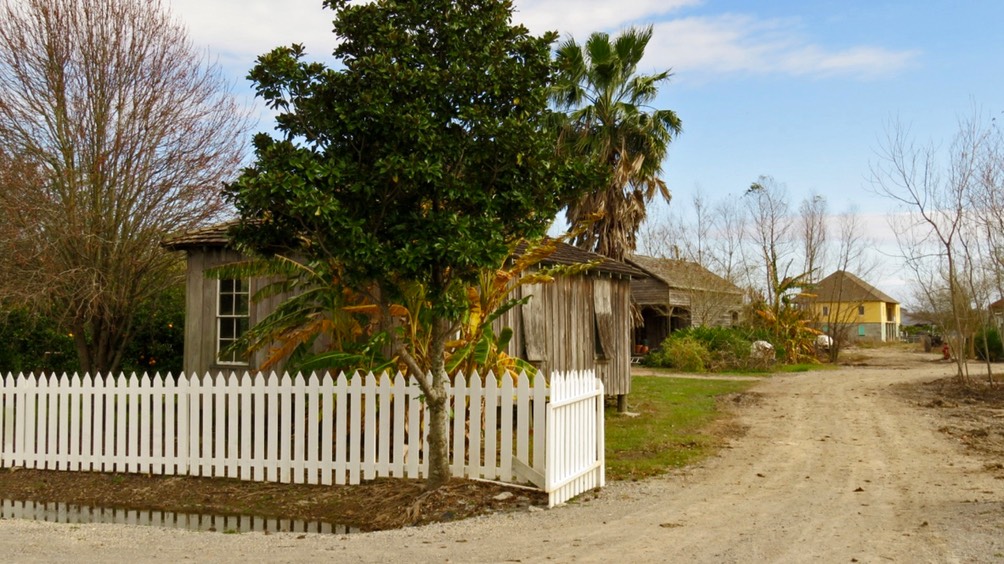
These buildings are on property adjacent to the Plantation and will be restored to be part of it
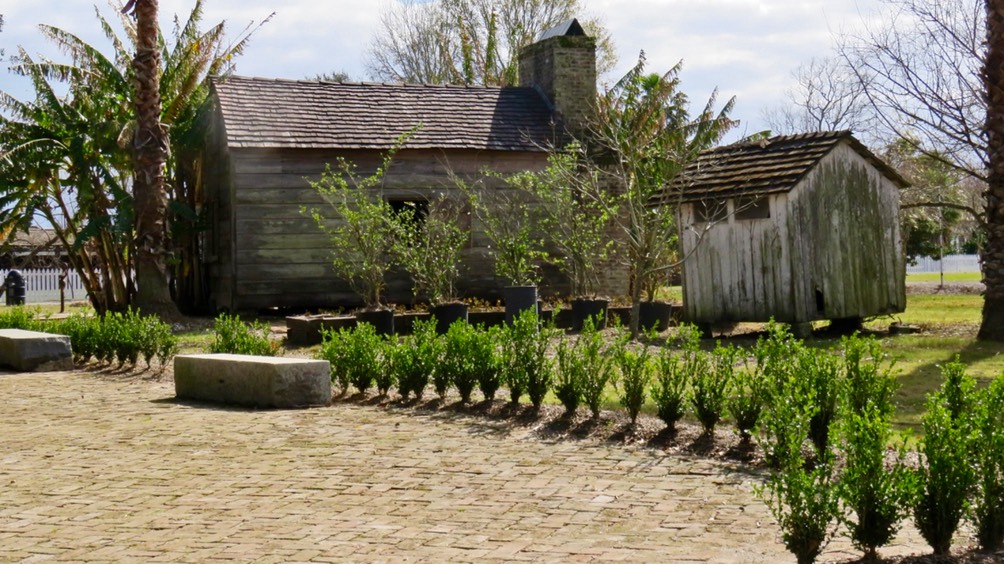
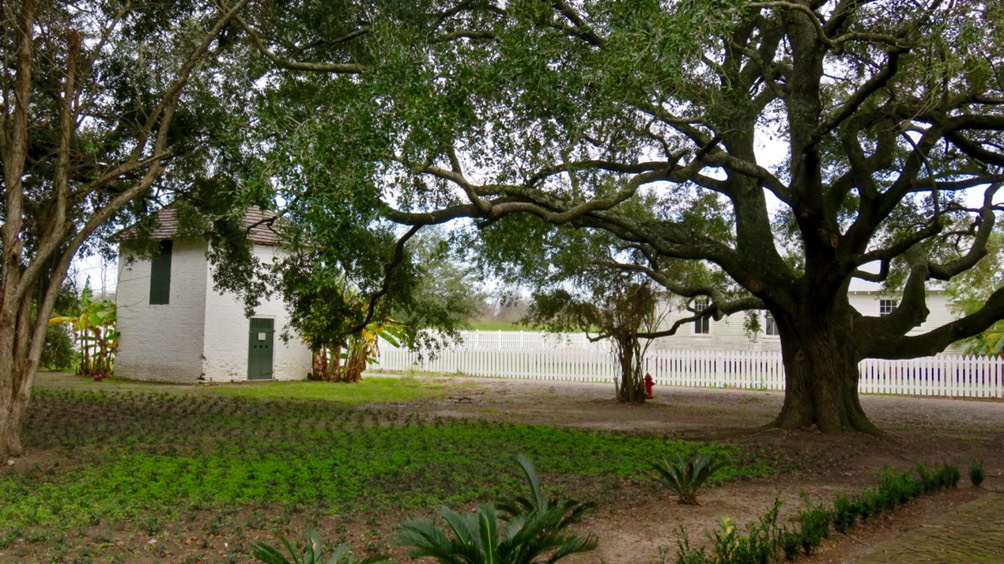

The Big House—back side
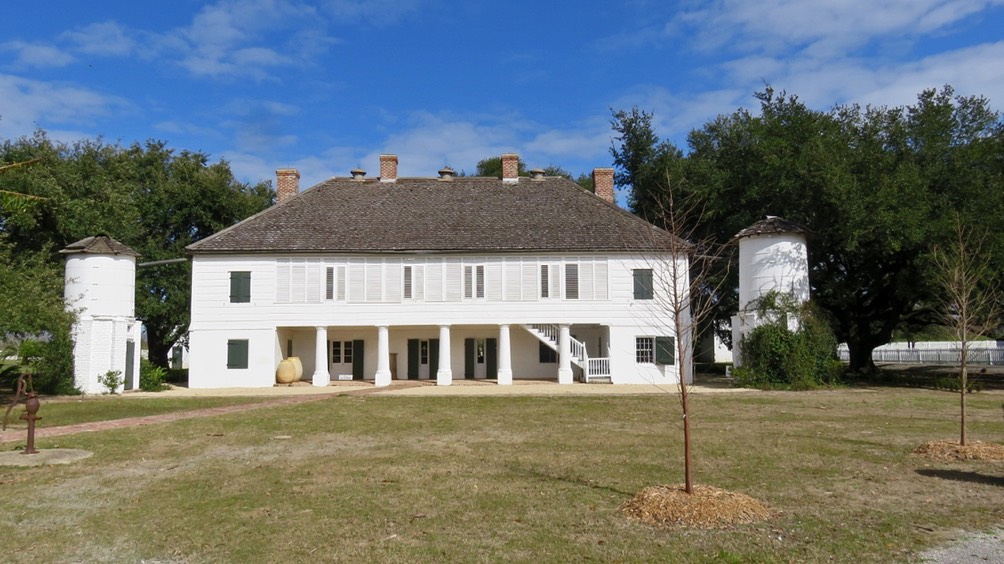
The Big House is a fine example of Spanish Creole architecture
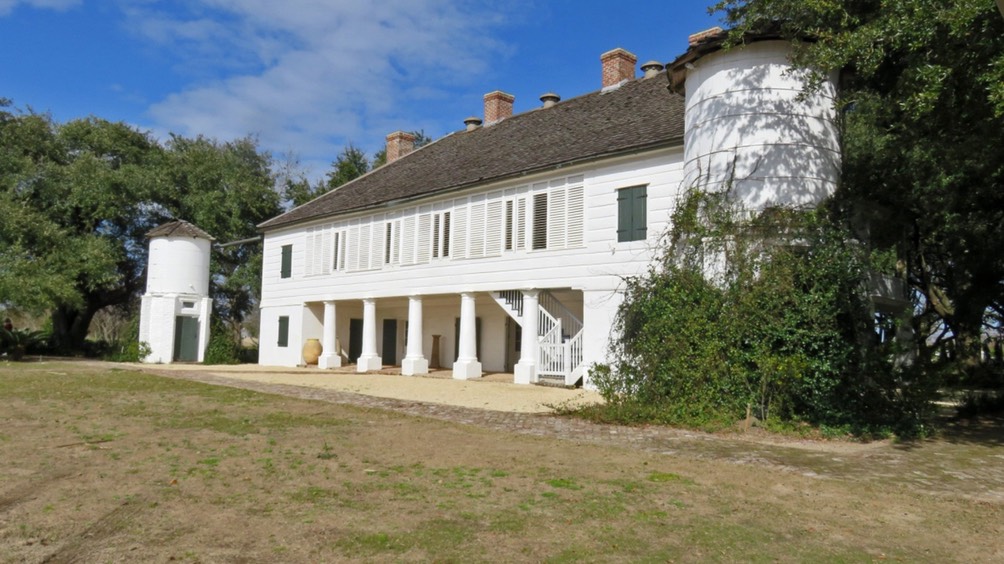
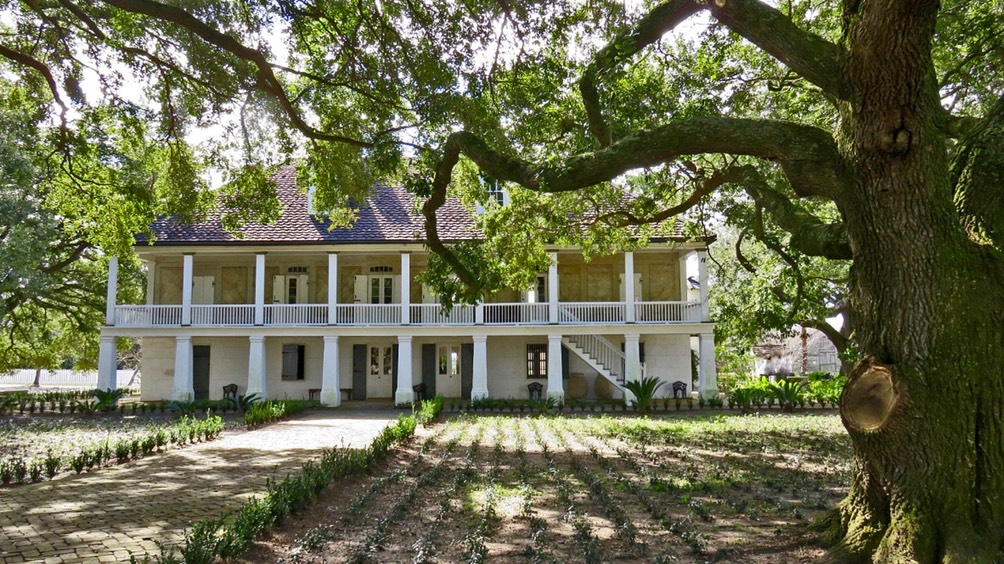
The front of the Big House

Oak trees line the walkway to the road
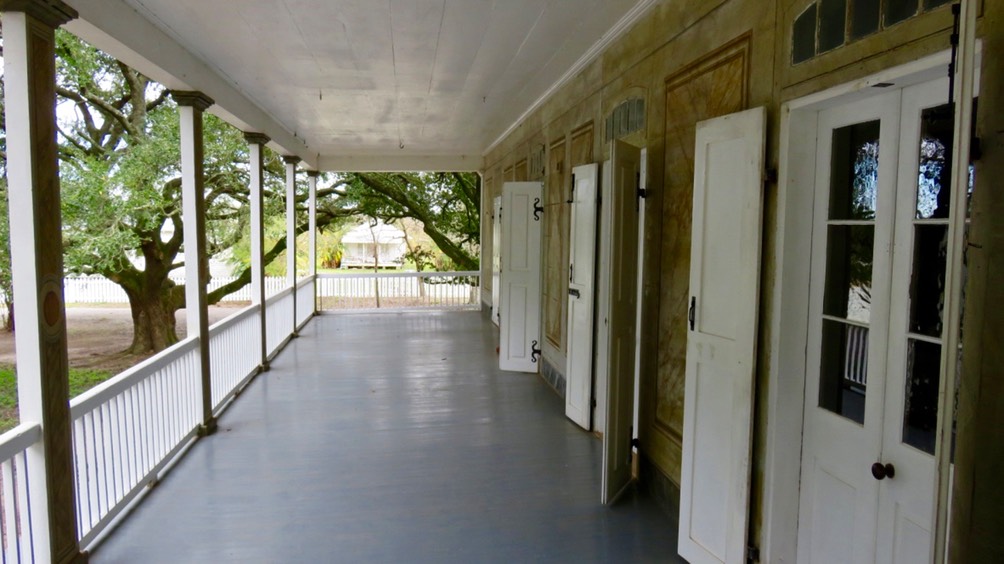
The Veranda. Walls are painted to look like marble

Master bedroom
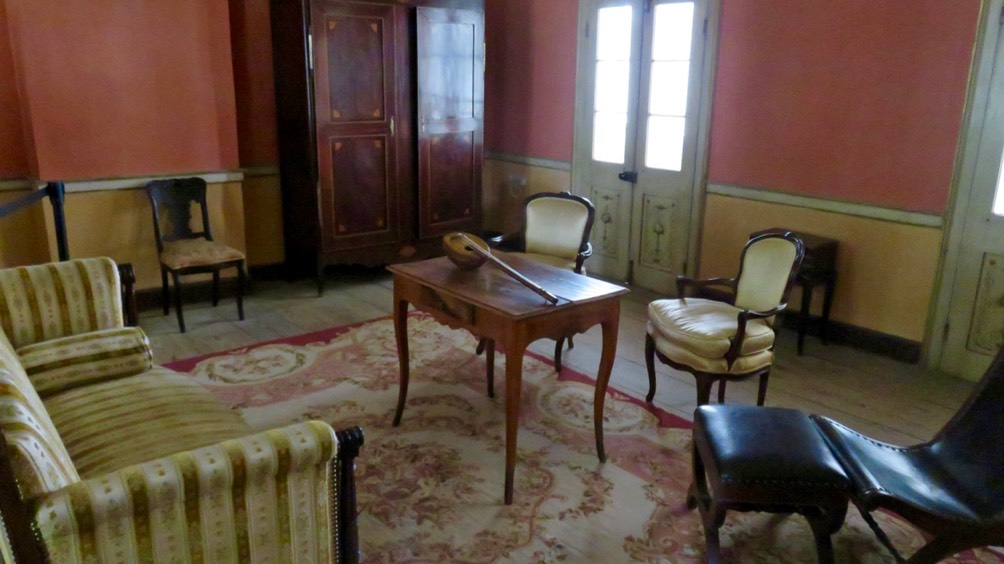
Parlor

Almost every room has a fireplace
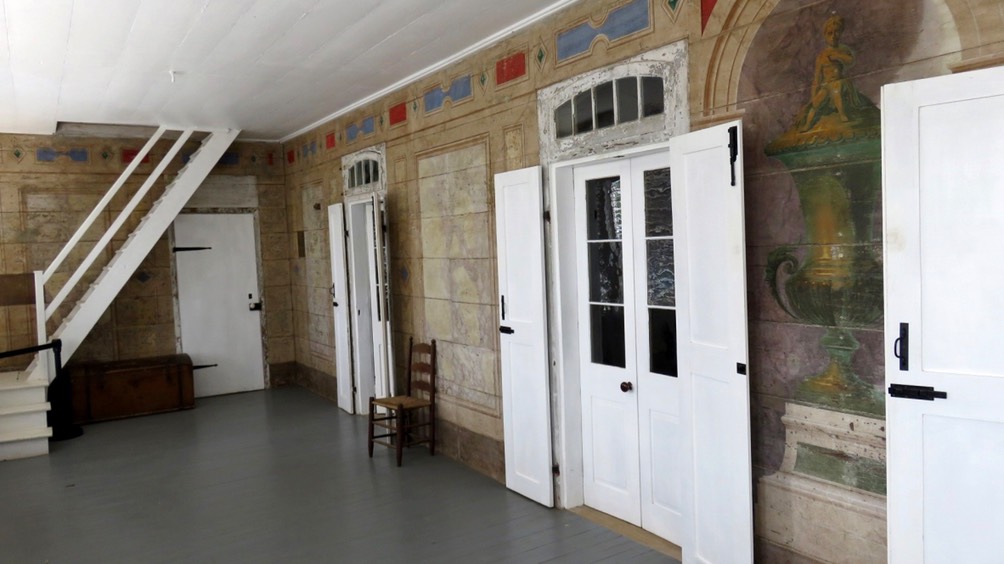
The upper sun room on the back side of the house. Notice the artisticly painted walls


Al poses outside the Welcome Center. Each person who visits gets a lanyard photo depicting one of the slave children

Tree lined dirt road on the closeby Evergreen Plantation. There was a scene in “Django Unchained” that was filmed here

The Big House on the Evergreen Plantation
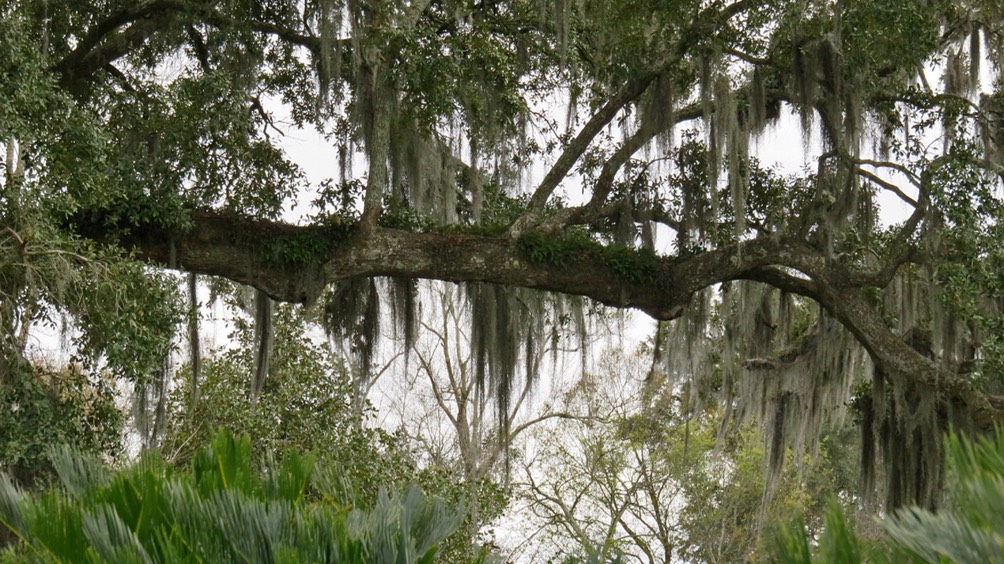
Typical mossy trees that you see in this part of Louisiana
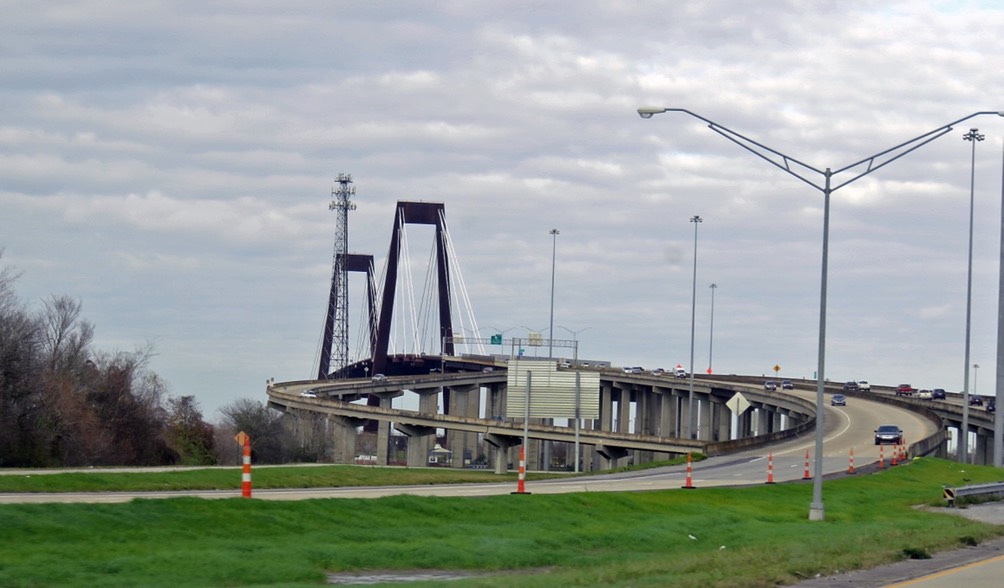
Crossing the bridge back over to the East side of the Mississippi

Riding the St. Charles Avenue streetcar to the Garden District
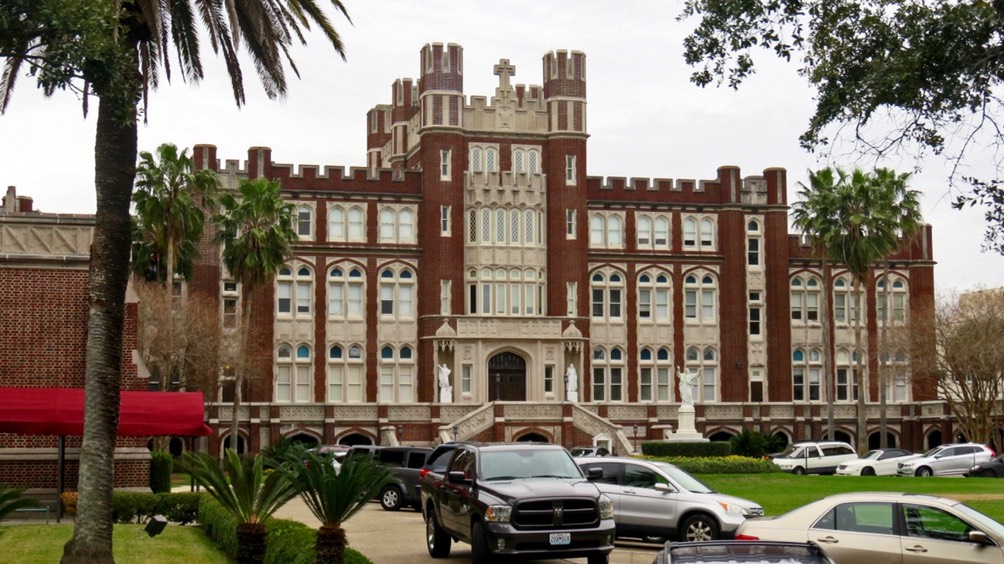
Loyola University

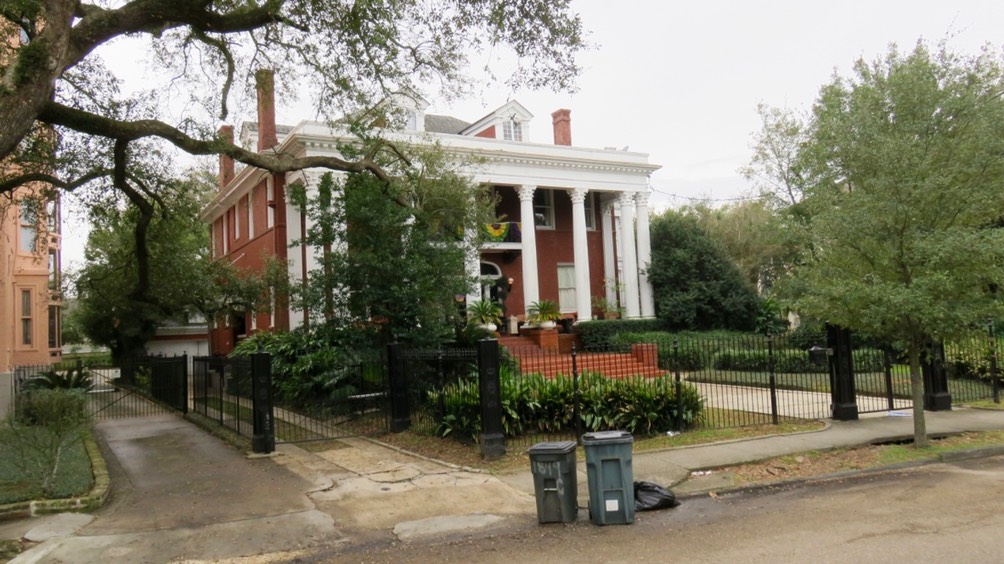


Door decorated for Mardi Gras
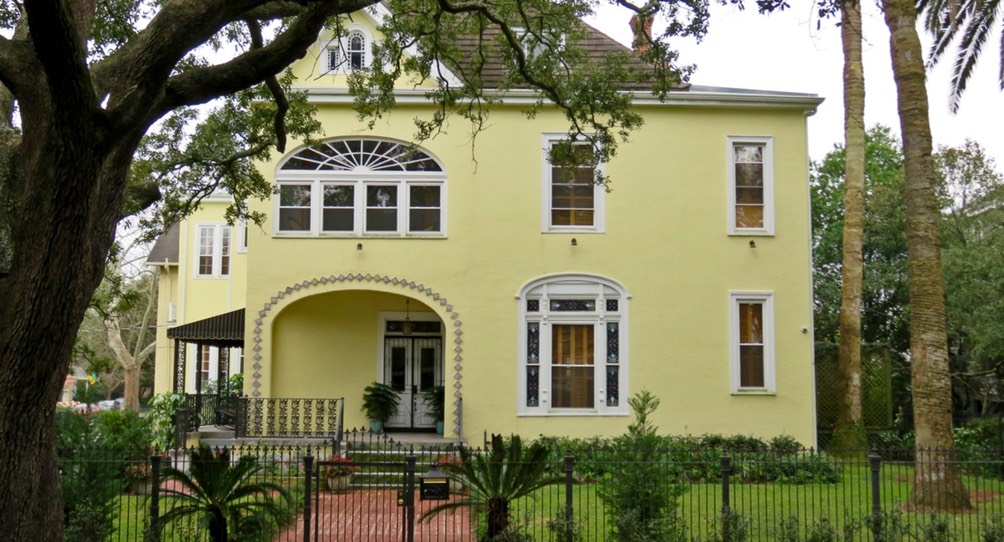

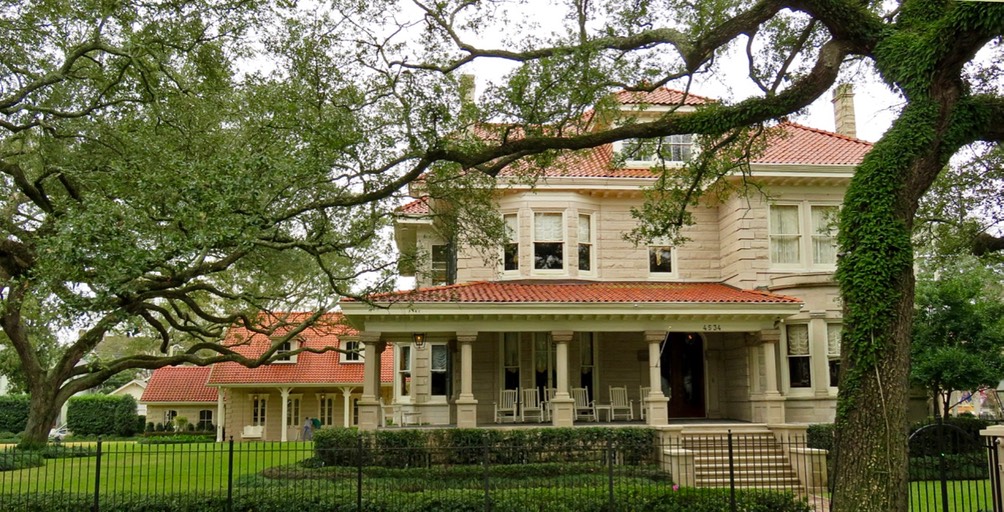
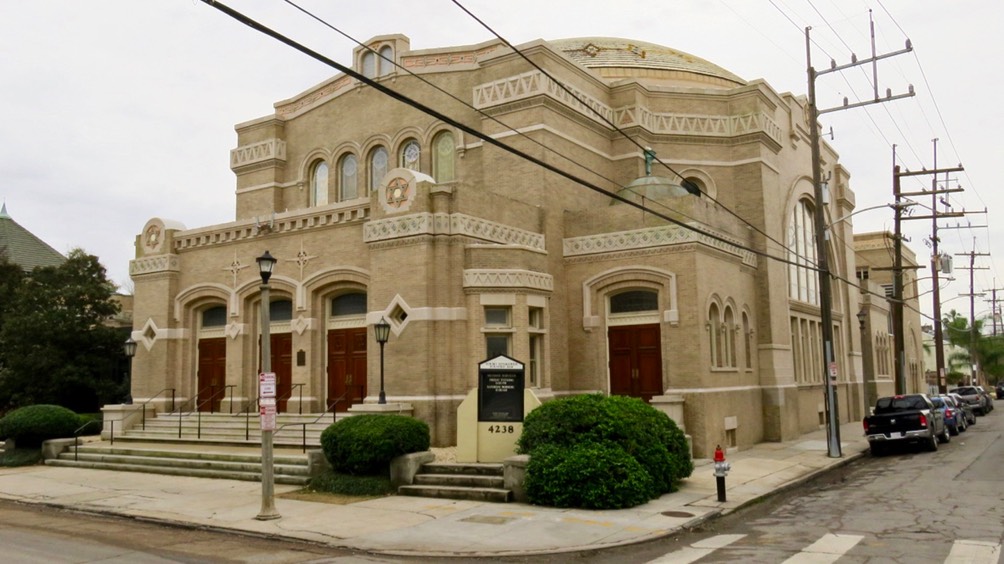
Synagogue
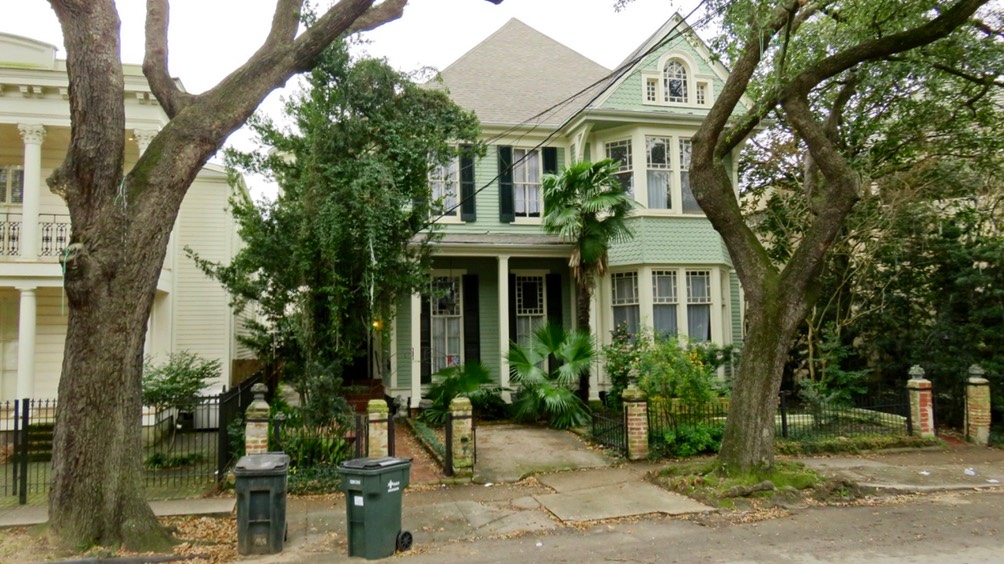

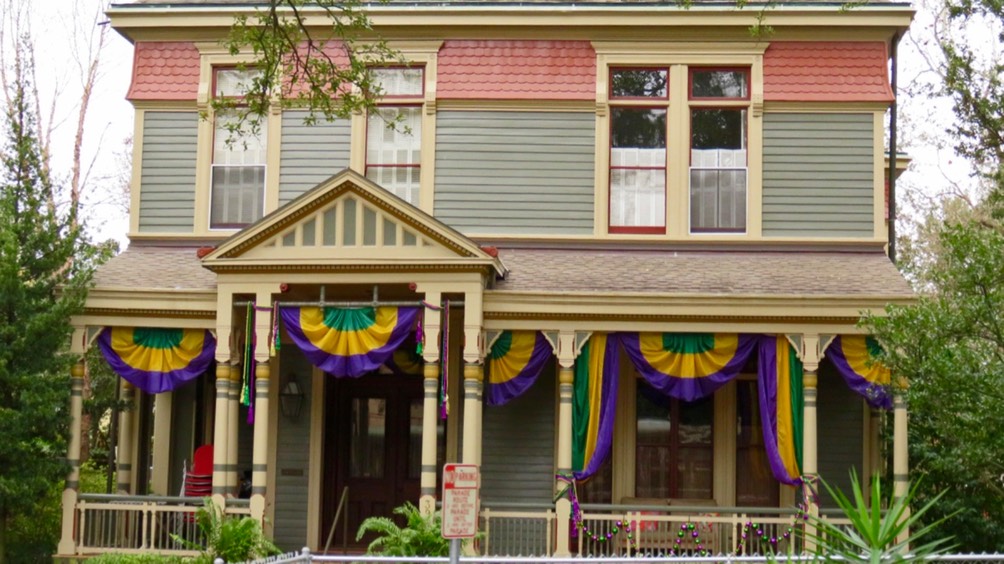

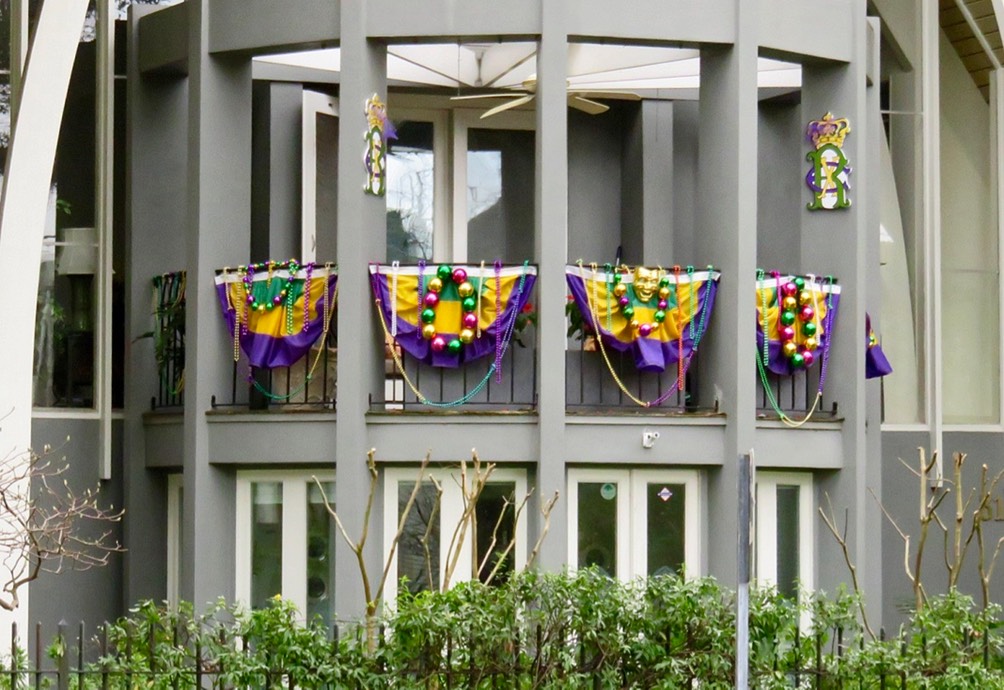

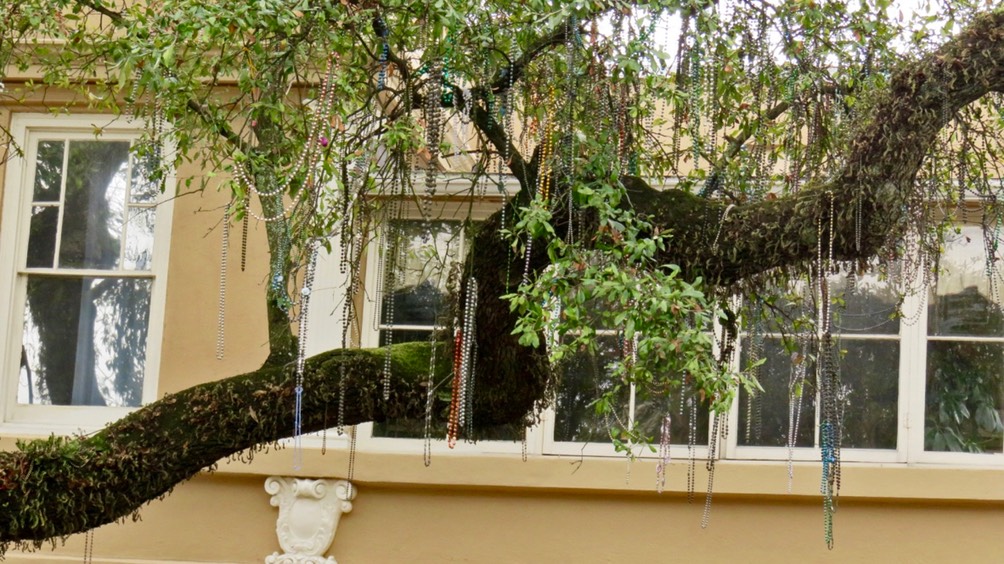
Mardi Gras beads hanging from the trees

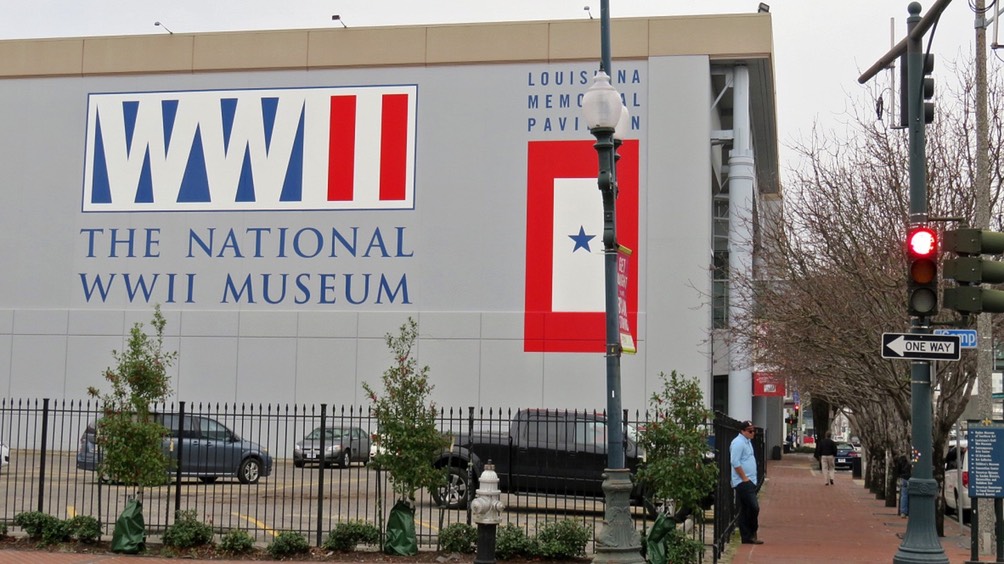
Exterior of one part of the WWII National Museum. We only saw about half of it in the four hours we spent there
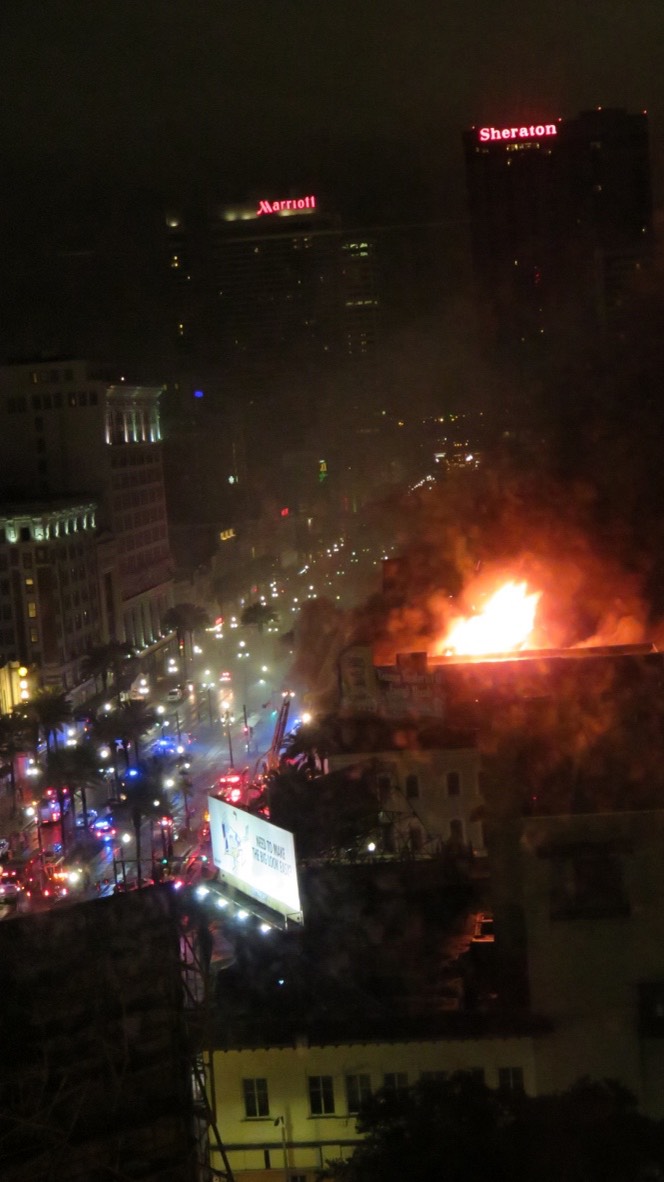
Looking out our hotel window at 3:15 a.m. on Wednesday, January 27th

Flaming up in spite of all the water being poured on it

Wednesday morning about 8 a.m.
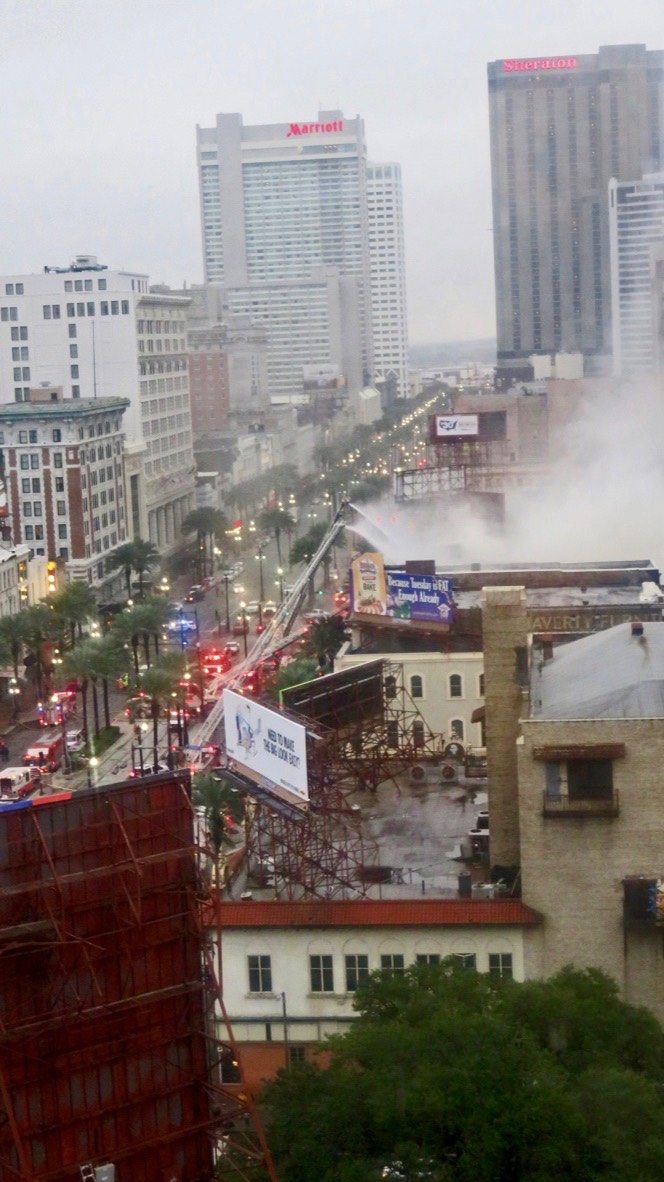
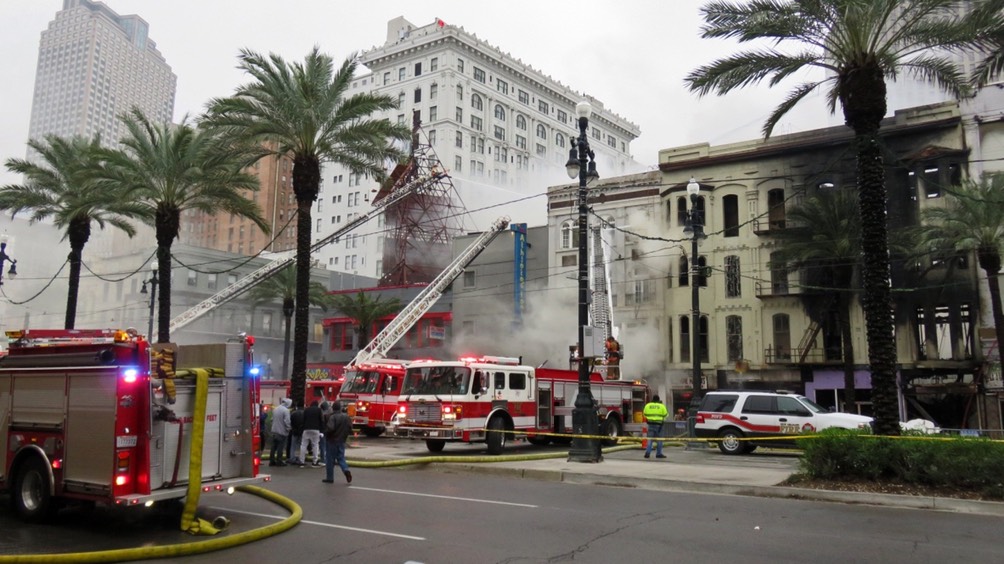
On Canal Steet

Controlled but not completely out yet

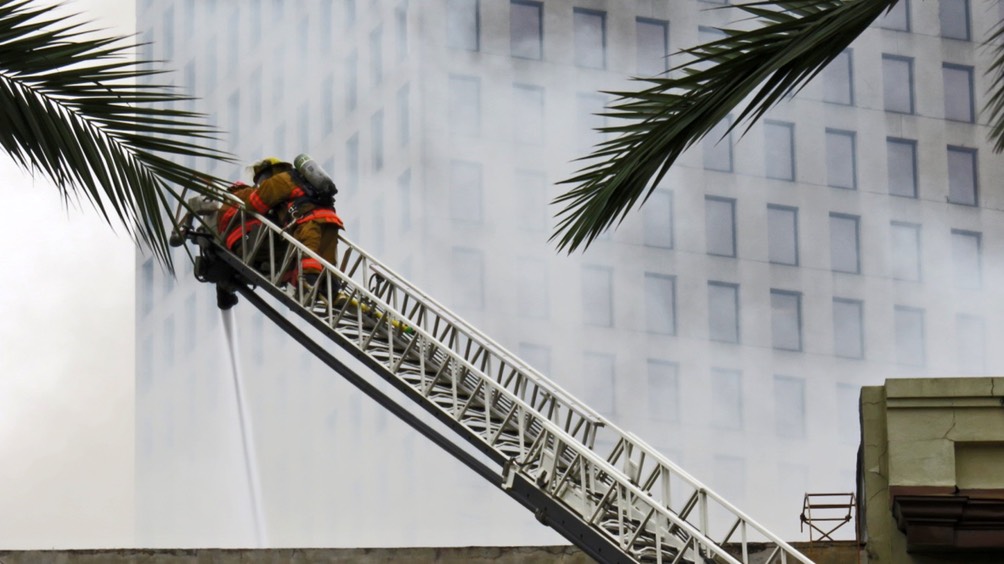

A rather exciting end to our New Orleans visit